Blog #123 Social Documentary
Blog #123 Social Documentary
What is social documentary in photography? Is it a thing? I mean isn’t it just high brow speak for street photography? Is it another name for photojournalism, photo projects, or is it something else? Wikipedia offers a definition here.
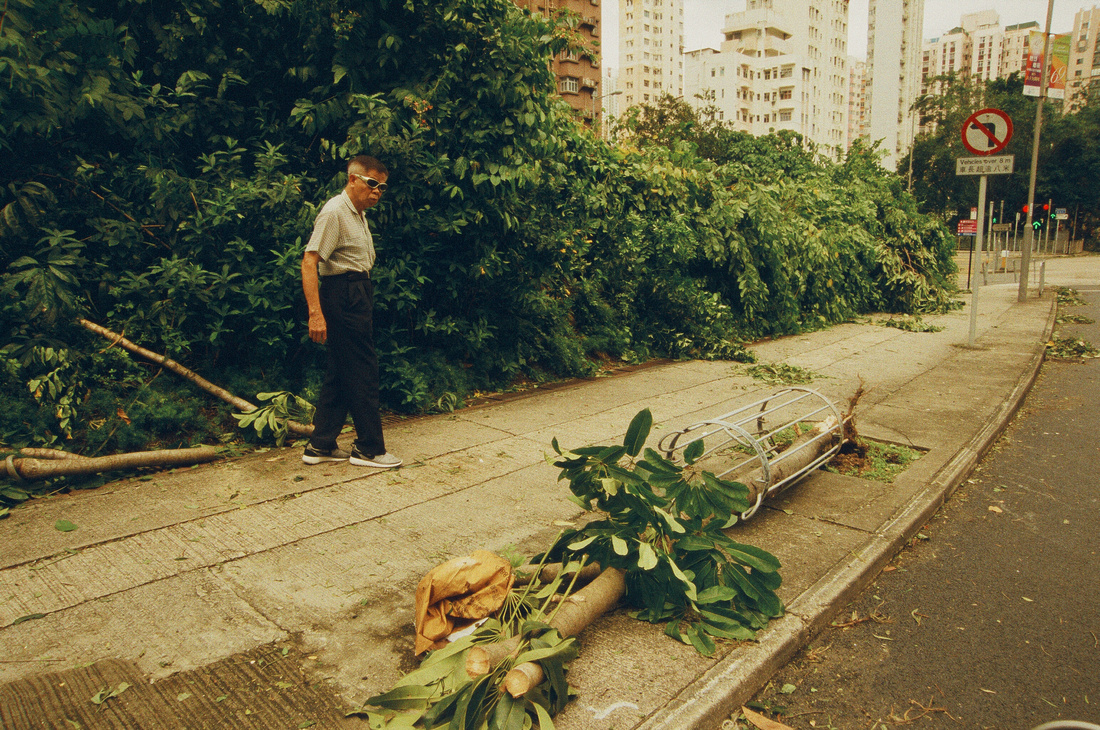
 Photojournalism has been around for ages. In my research on this topic out of sheer interest in being able to articulate the difference between it and social documentary I learned that latter is essentially telling stories through pictures about some social condition. The social condition tends to be exposé in nature such as city gangs, poverty, sex workers, refugees or some unjust or social imbalance.
Photojournalism has been around for ages. In my research on this topic out of sheer interest in being able to articulate the difference between it and social documentary I learned that latter is essentially telling stories through pictures about some social condition. The social condition tends to be exposé in nature such as city gangs, poverty, sex workers, refugees or some unjust or social imbalance.


Photojournalism, in contrast, is meant to be a sort of neutral reportage about the way things are, the facts. It seems appropriate to reference French in the definition of each of these genre (another French term) since photography was invented by our friends across the pond after all. Of course the aim of the journalist and photojournalist is also to tell stories using one or more pictures. If there can be any discernible difference it might be found in the publications in which these [slightly] different genres find themselves in terms of bias, political stance, or poetic freedom, so to speak.
Regardless of the academic differences that might exist between these two approaches to photography or genre if they can, in fact, be considered as such, these days we have social media. Need I say more? [that was rhetorical - obviously I need to say more since I’m writing a blog here, but I digress]. Instagram allows anyone and everyone to become their own journalist, photographer, editor, publisher, and ultimately source of news. This is a good thing? Maybe, maybe not. Time will tell. Certainly there are pros and cons. I tend to favour the pros.
Social media platforms and instagram in particular are changing the landscape in which photographers practice their craft and share their work.
The old idiom, A picture is worth a thousand words comes to mind.
Photography in general, and photojournalism ever more so, is a tough and cutthroat business. Enter the collective. Collectives stray from the photographer-as-artistic-genius and master model in favour of a strength in numbers approach.




After some contemplation over the subject, my take-away is the following. As photographers, we find parts of the world that are interesting or even fascinating to us and so we dive in with camera in one hand [and usually a latte or beer in the other]. We explore every millimetre of that subject until nothing is left, then we share our exploits with the known world.
What we chose to say about the subject is up to us and how we portray that subject is ultimately up to us (or our editors on occasion for publication). At any rate, it’s the thirst for the story that drives us down that creative highway. Whatever that thing is and regardless of what you want to say about it, go get it since it will not come to you.
A few days ago, Typhoon Mangkhut (mangosteen fruit) slammed into Hong Kong and tore the city a new one. 1500+ trees went down, mass transit ground to a halt and the damage to property and buildings not to mention the boating community was massive. On the day of the storm it was Sunday 16 September, and I ventured outside my flat but not to far. The next day, after the storm, I road my motorbike around town to the office to check the damage, camera strapped around my neck and shot two rolls of my last Rollei CR200 slide film that expired one month ago. This stuff is terrific, however, it’s been discontinued and I was saving it for a special occasion. Mangkhut, the strongest typhoon of the year and worst in Hong Kong's 70 year history of documenting storms seemed like the perfect match.
The storm and its aftermath provided the catalyst for me to run outside and document the hell out of this mess. Sometimes its just that simple. The world does what the world does, and we respond. What does your world say to you? Will you be ready to answer its call?
The light is always right.
jhg
*Images: © Jeremy H. Greenberg
Where: Hong Kong
Subject: Typhoon Mangkhut Destruction
Gear: Nikon F100 + Nikon 24-85mm f/2.8-4 AF + Rollei 35mm CR 200
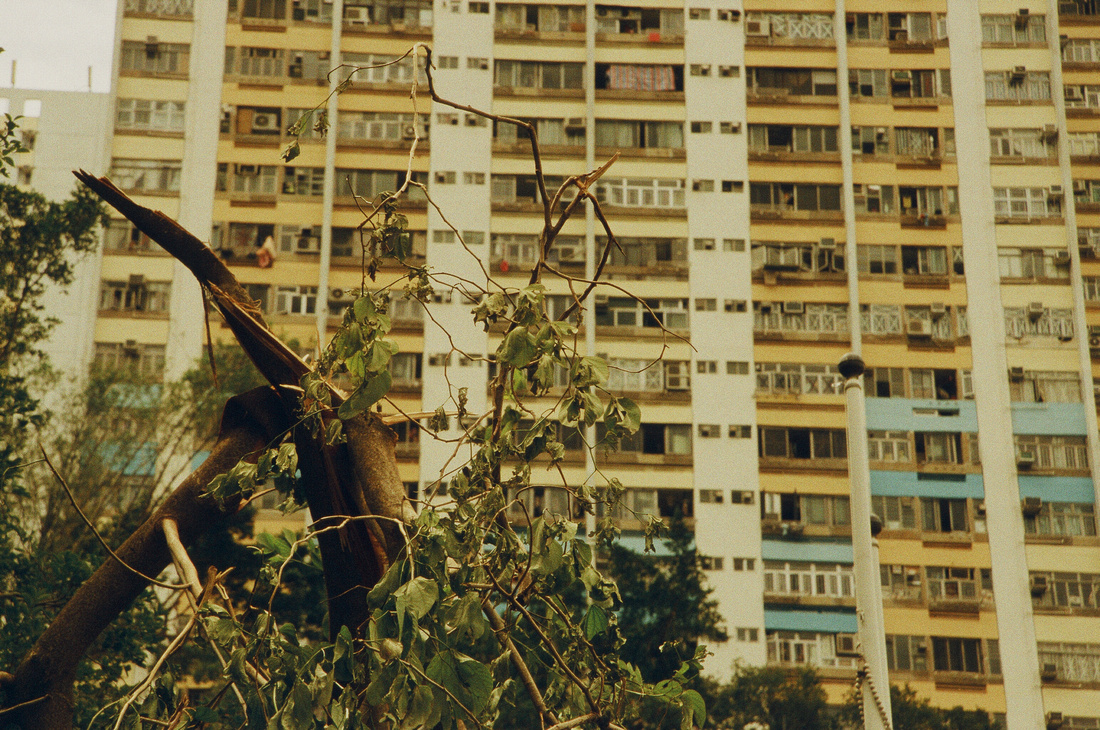

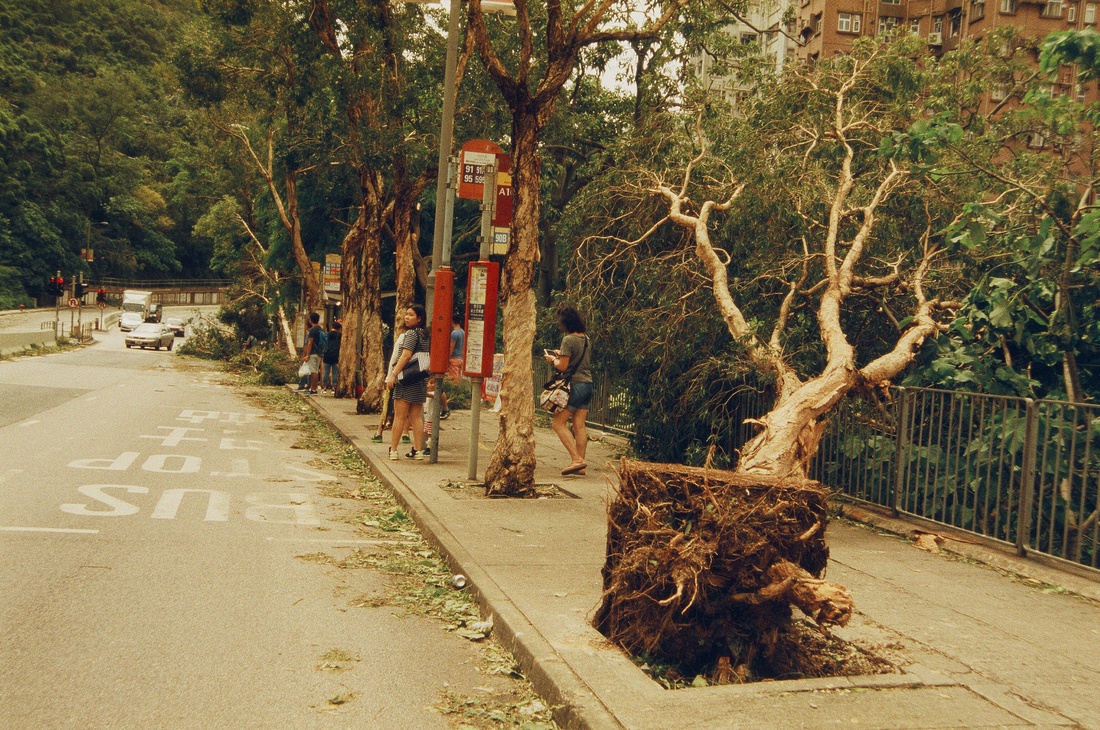

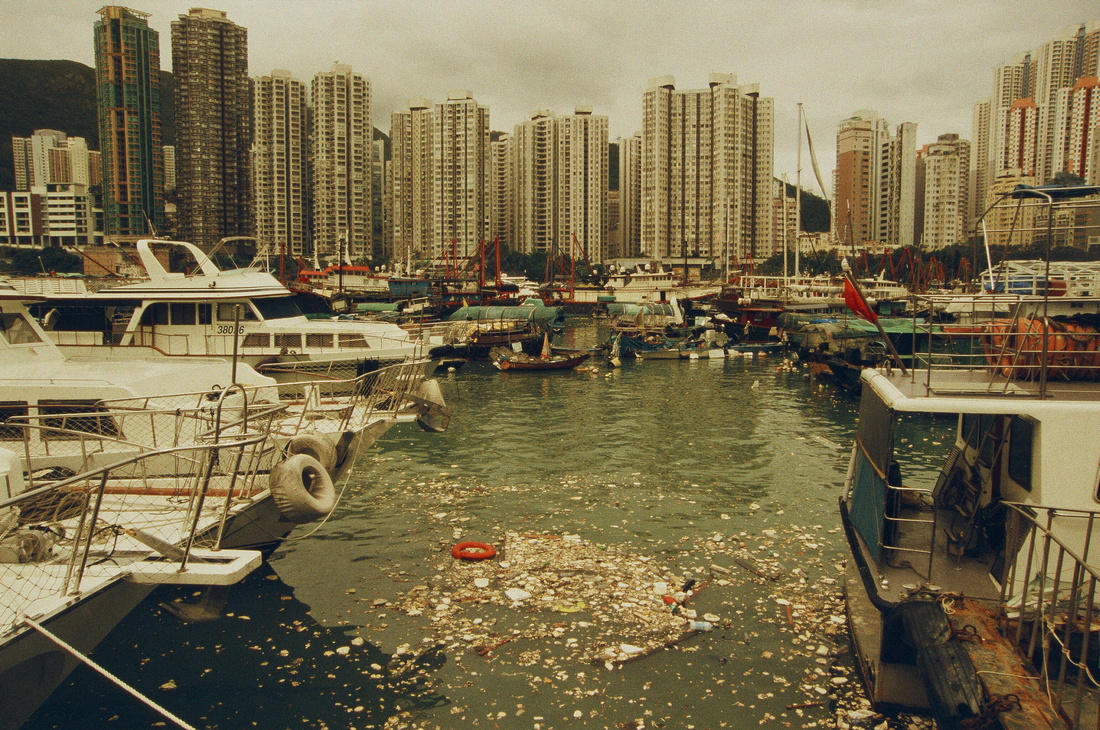



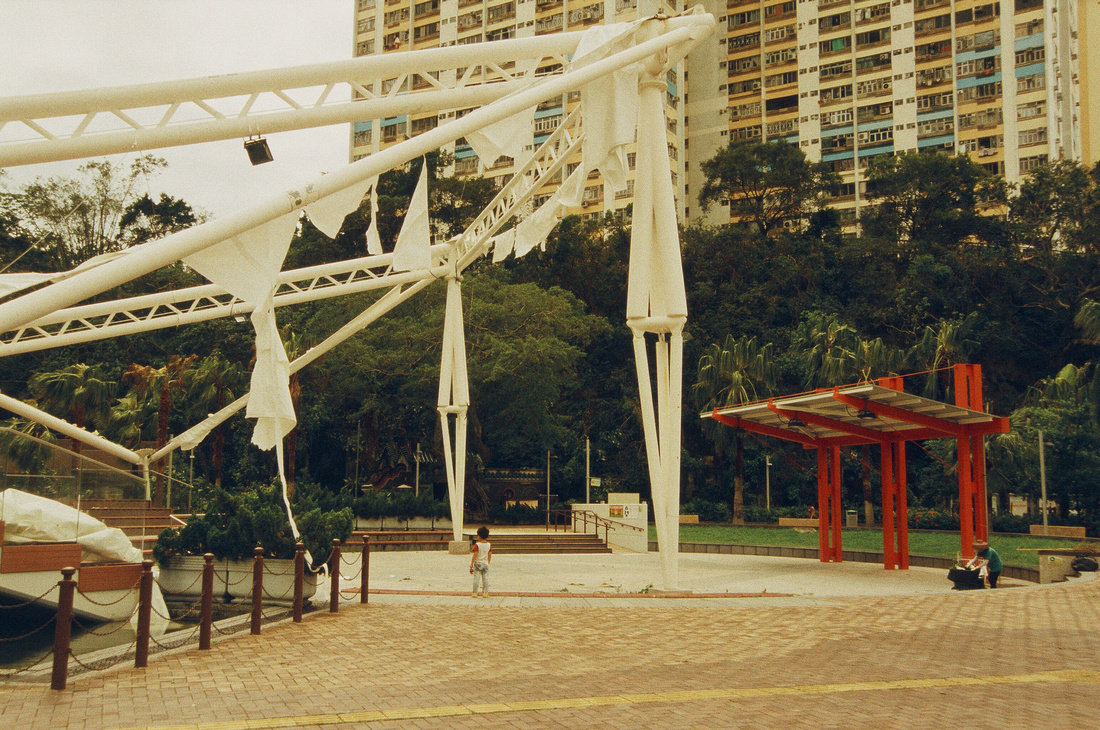

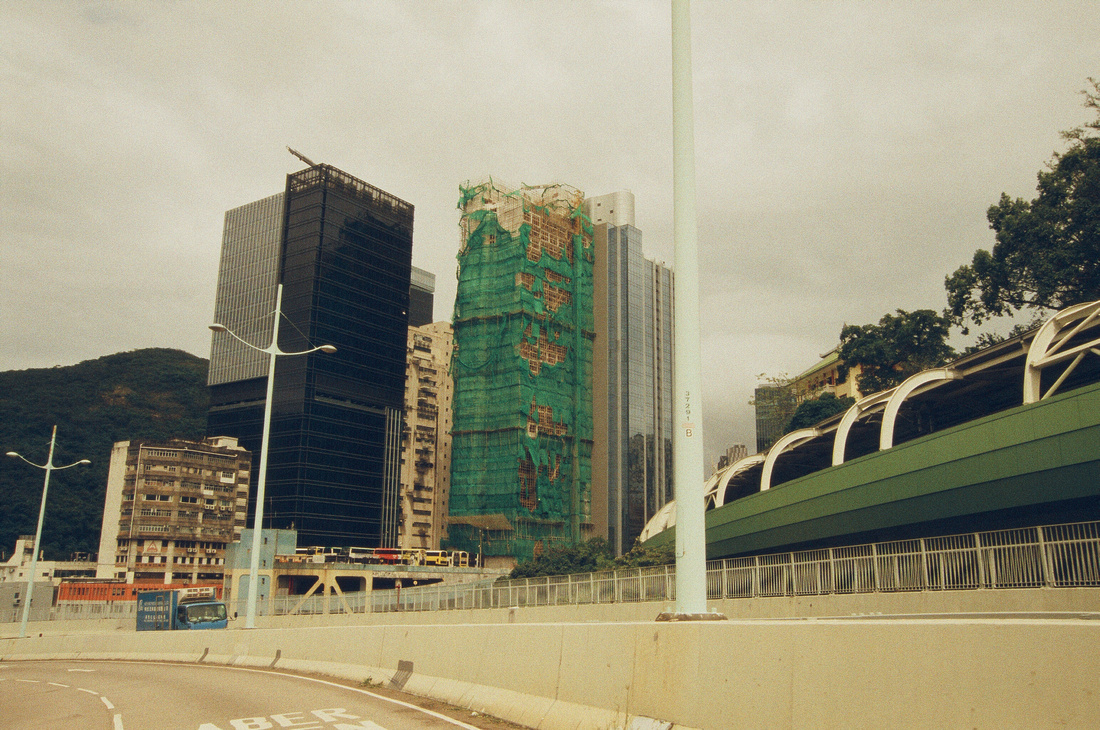

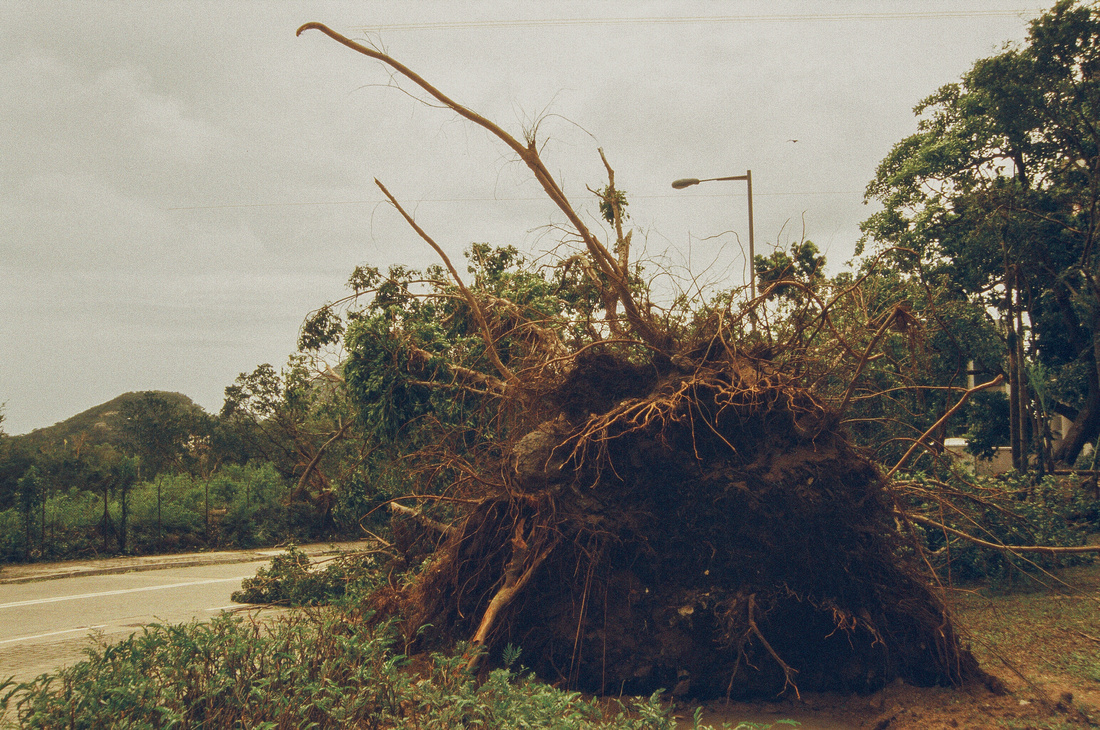

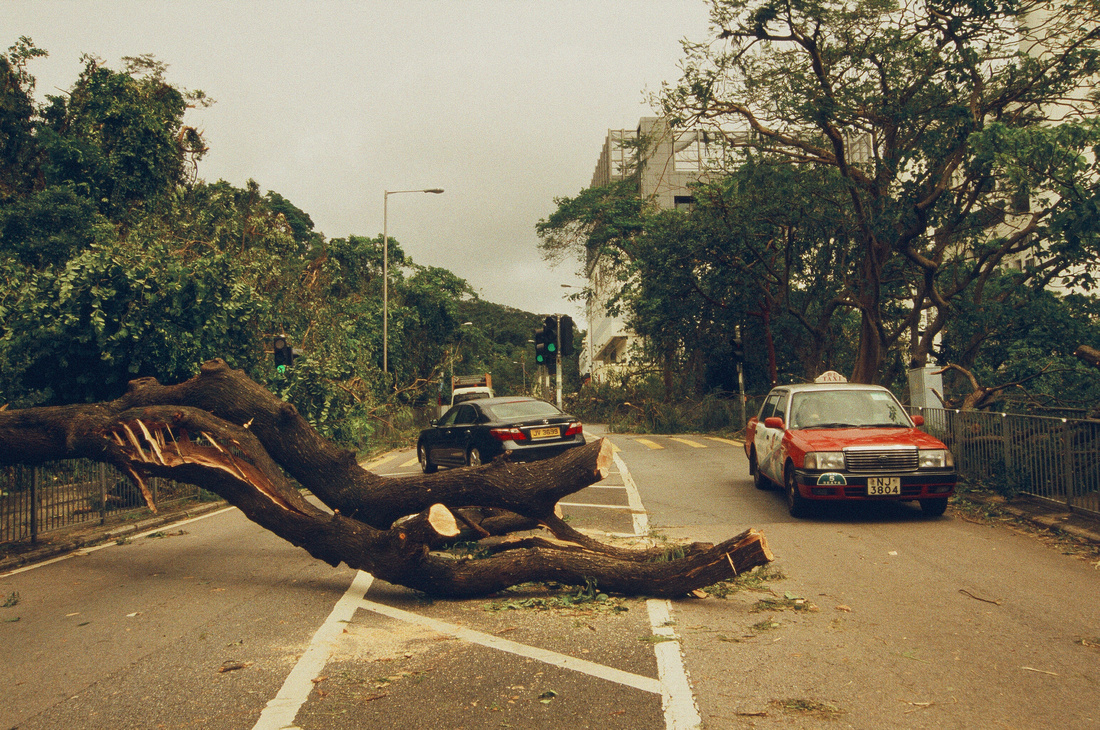

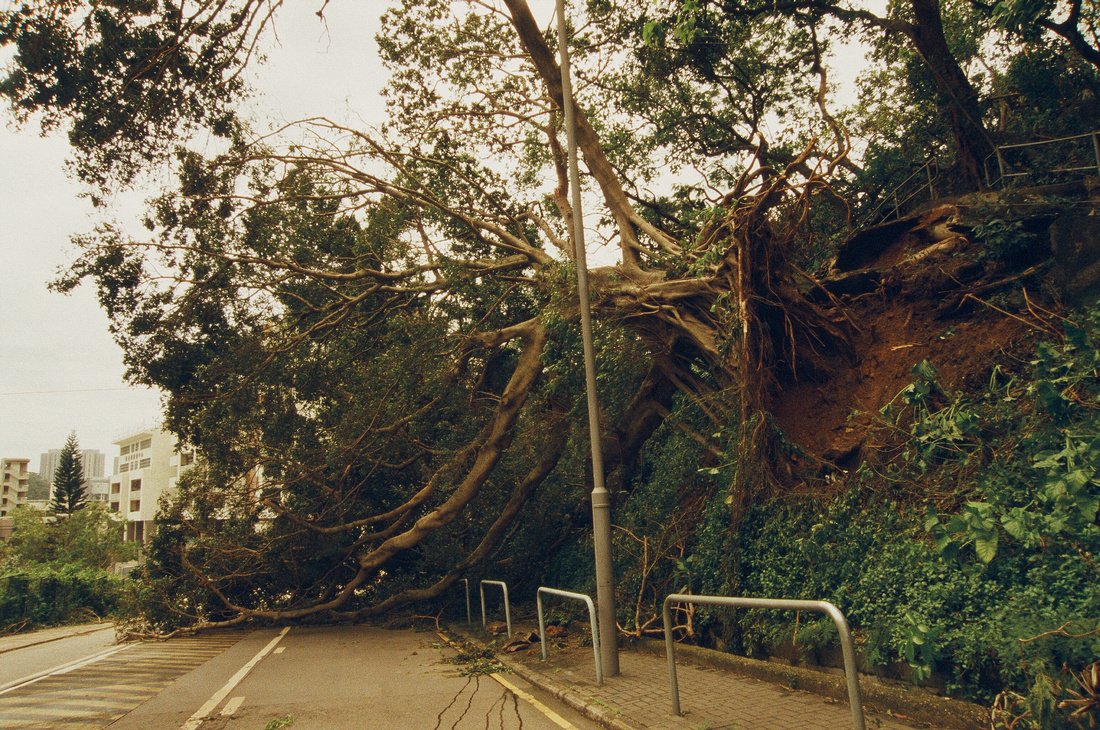





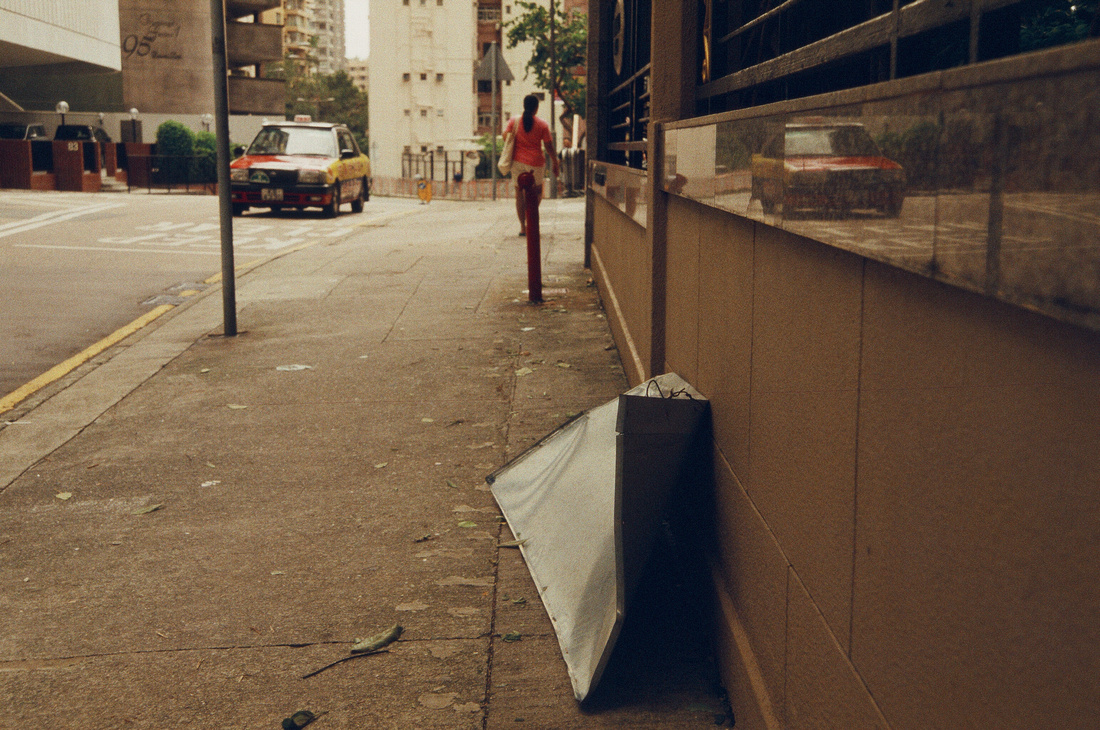



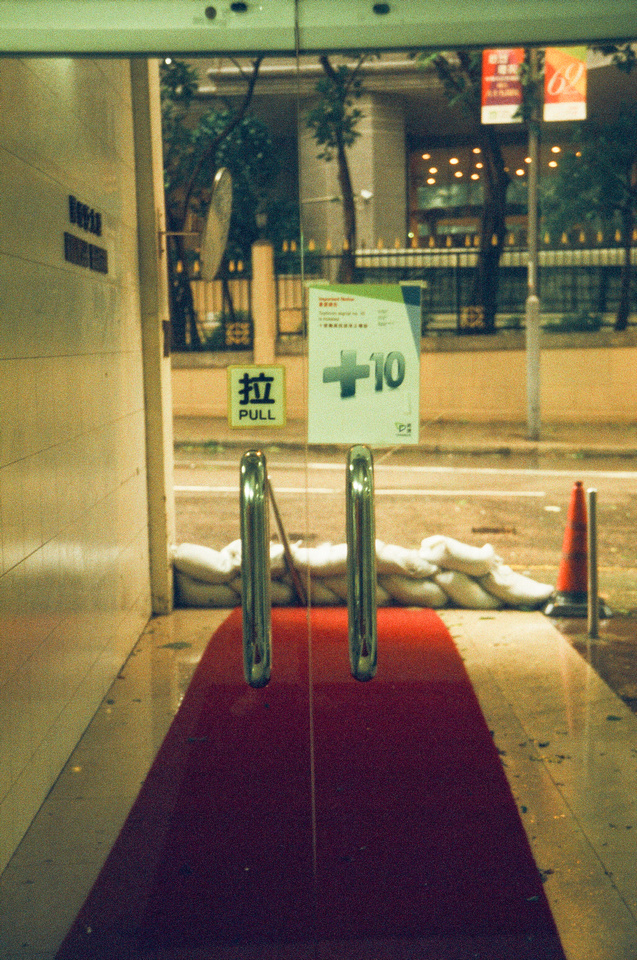

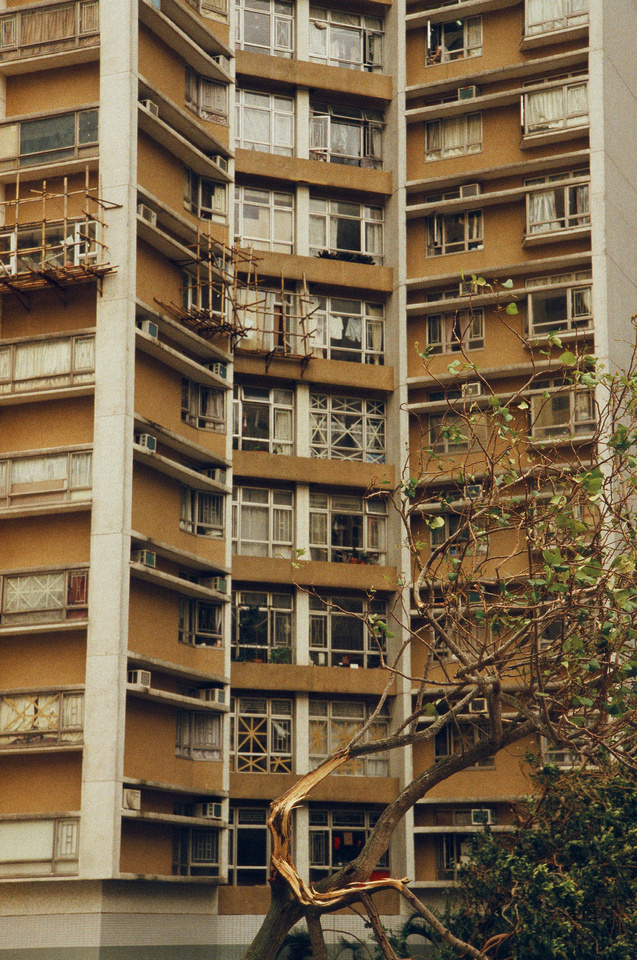

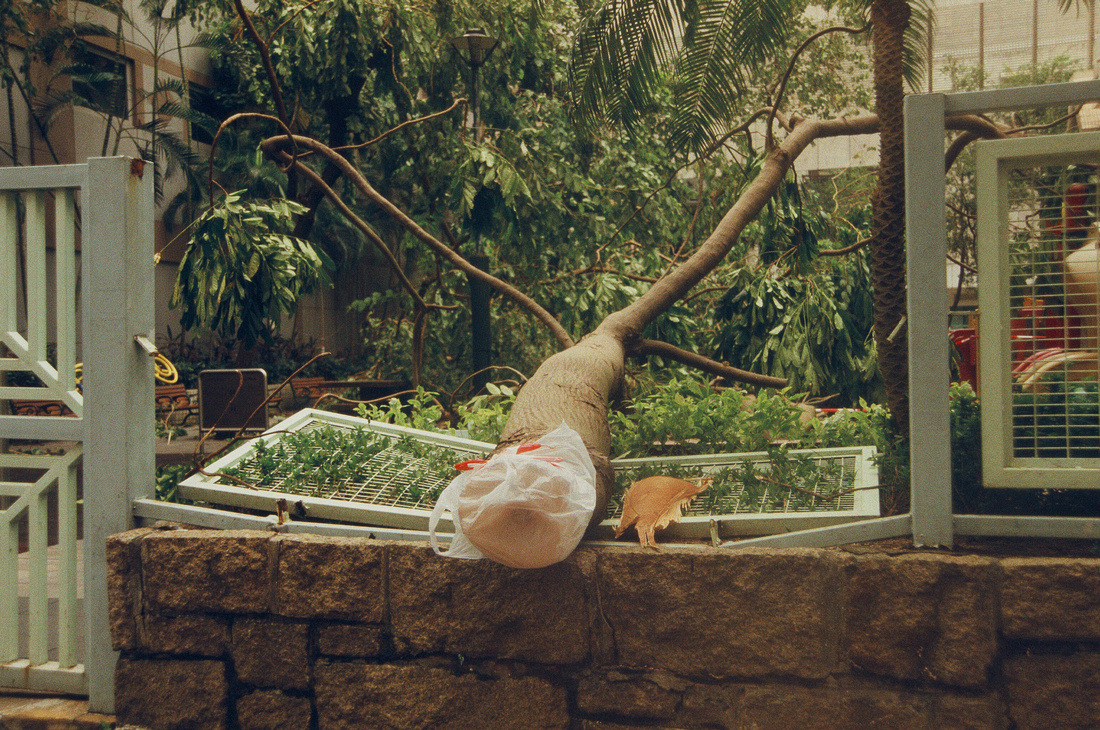



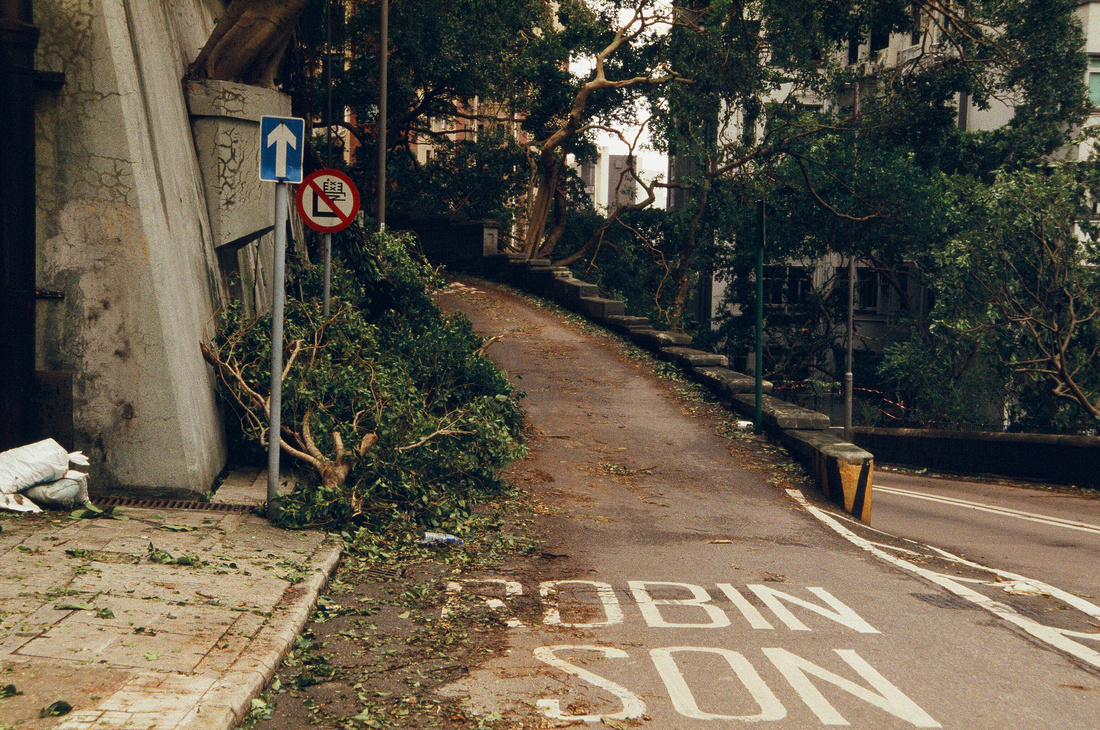

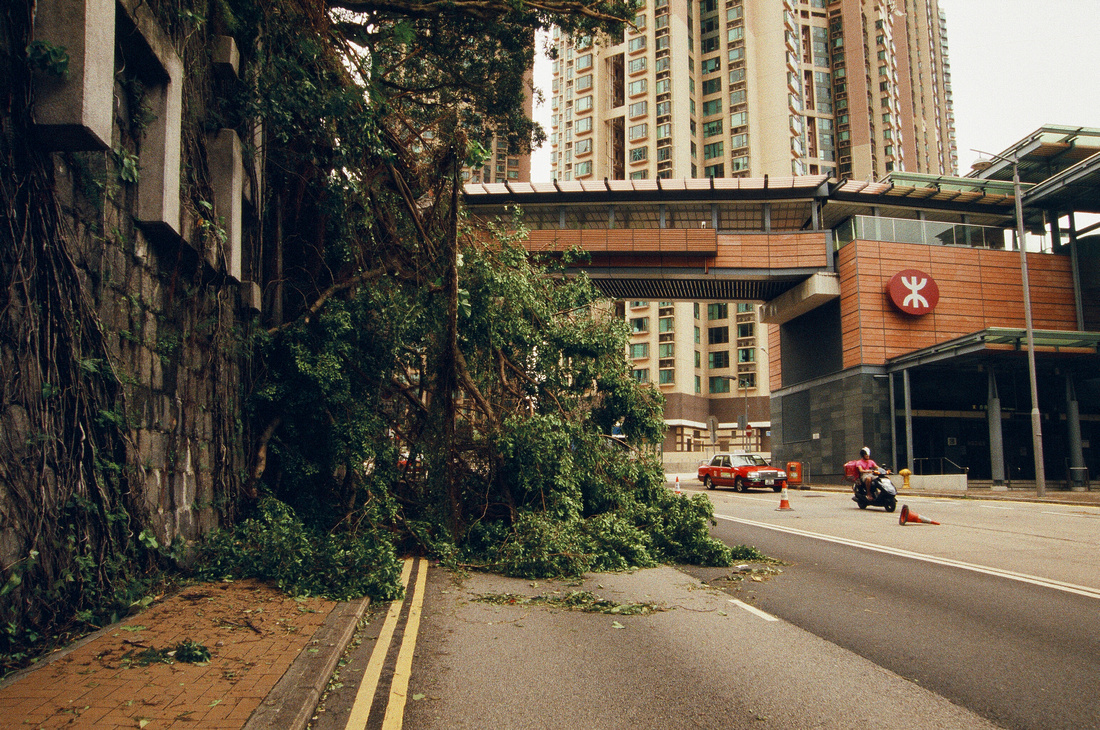

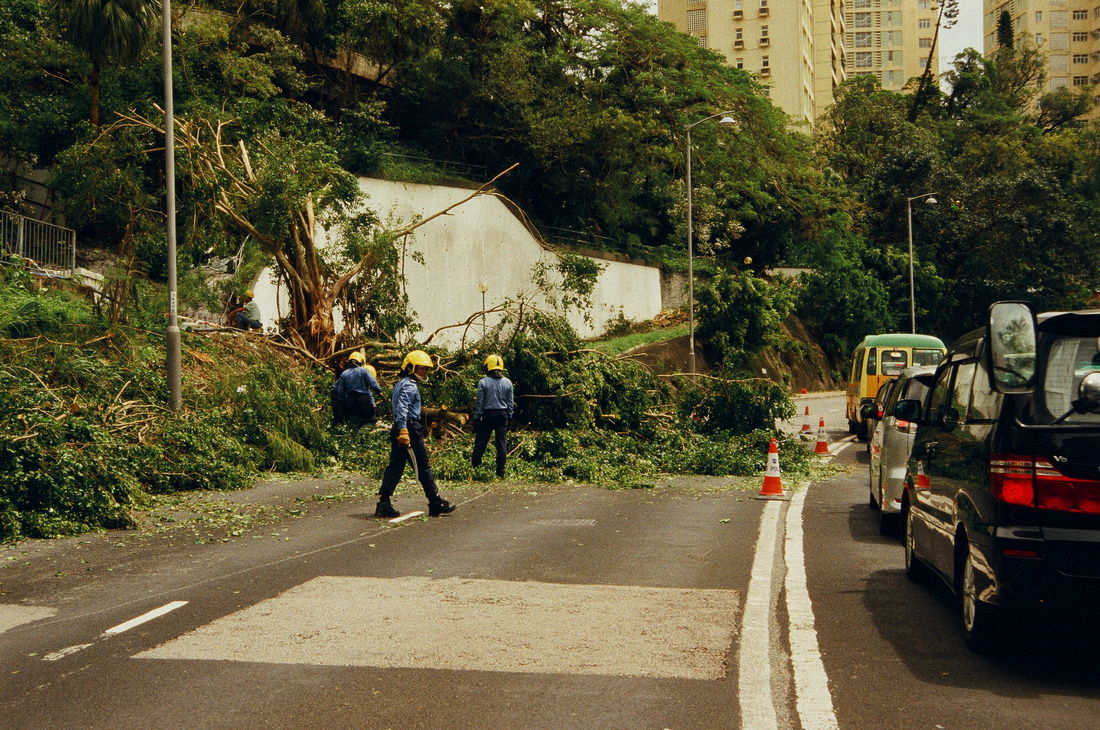

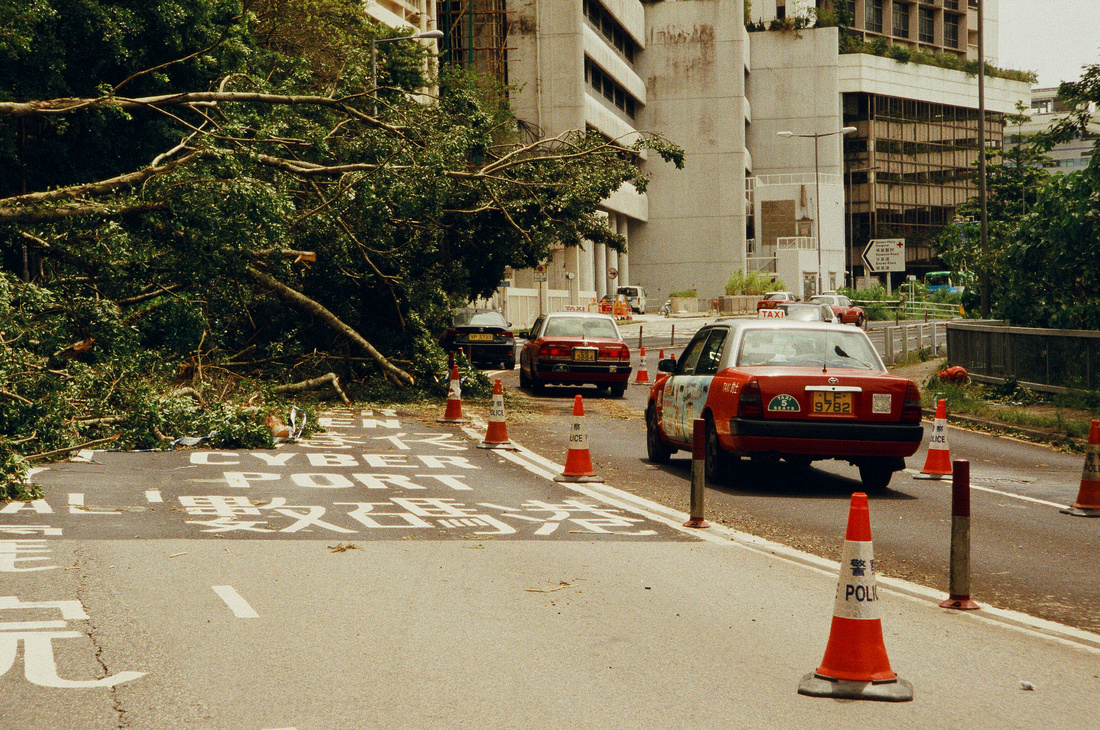

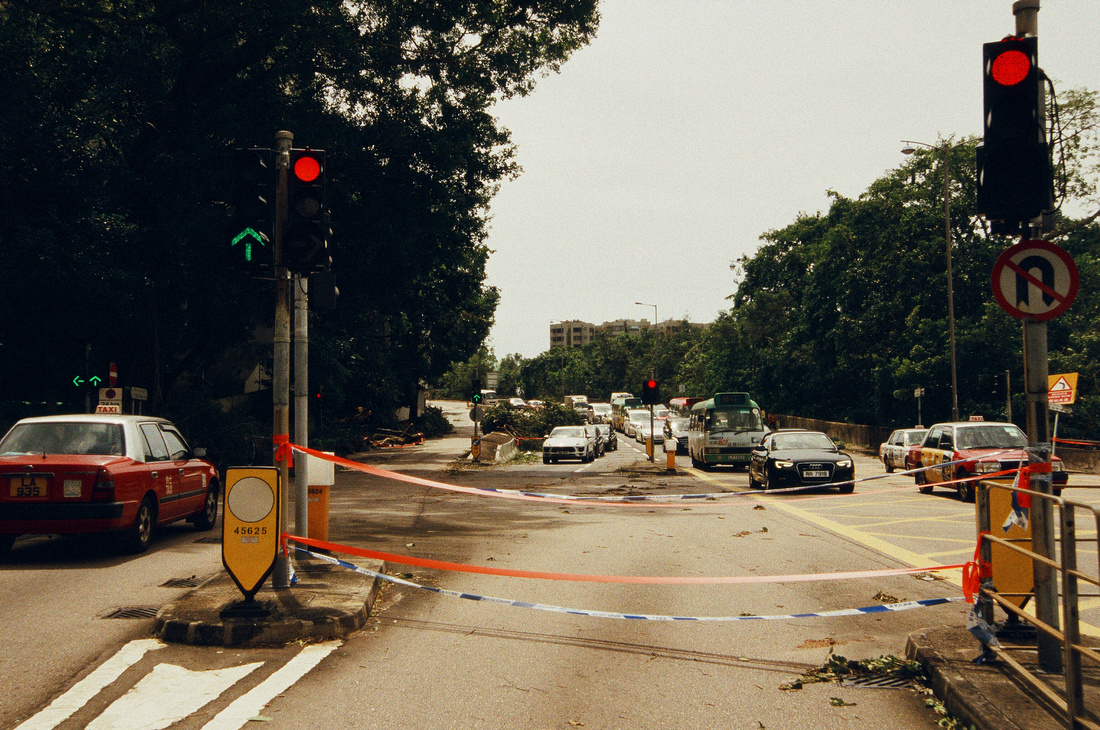

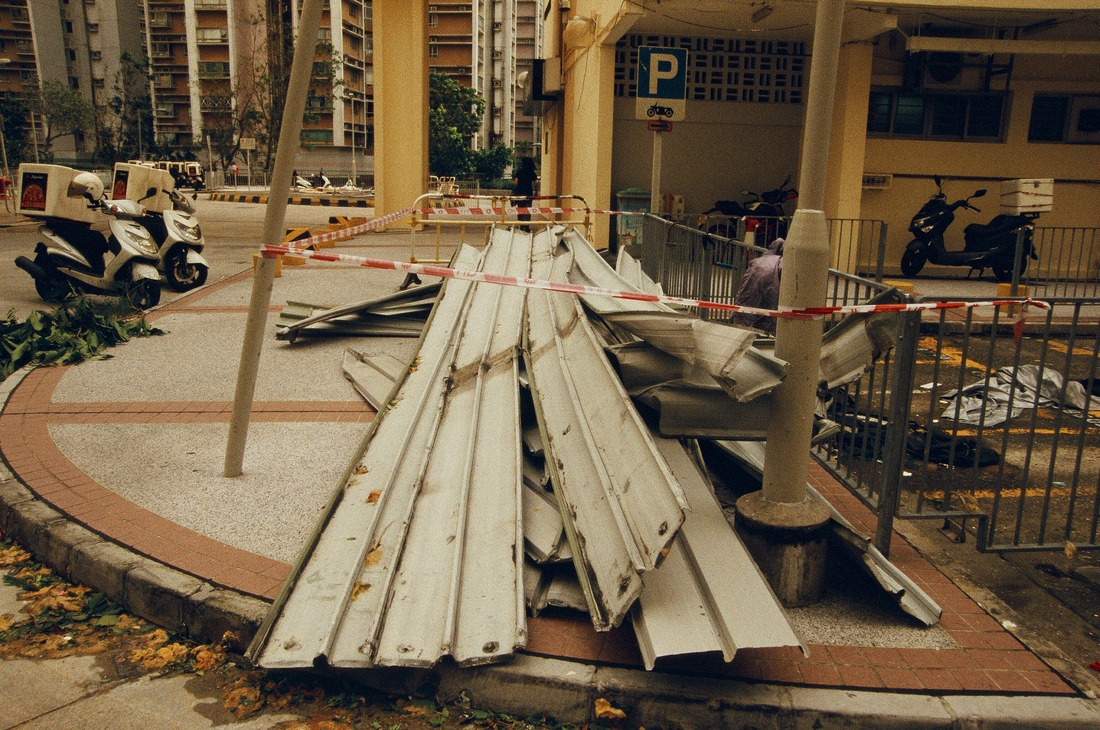

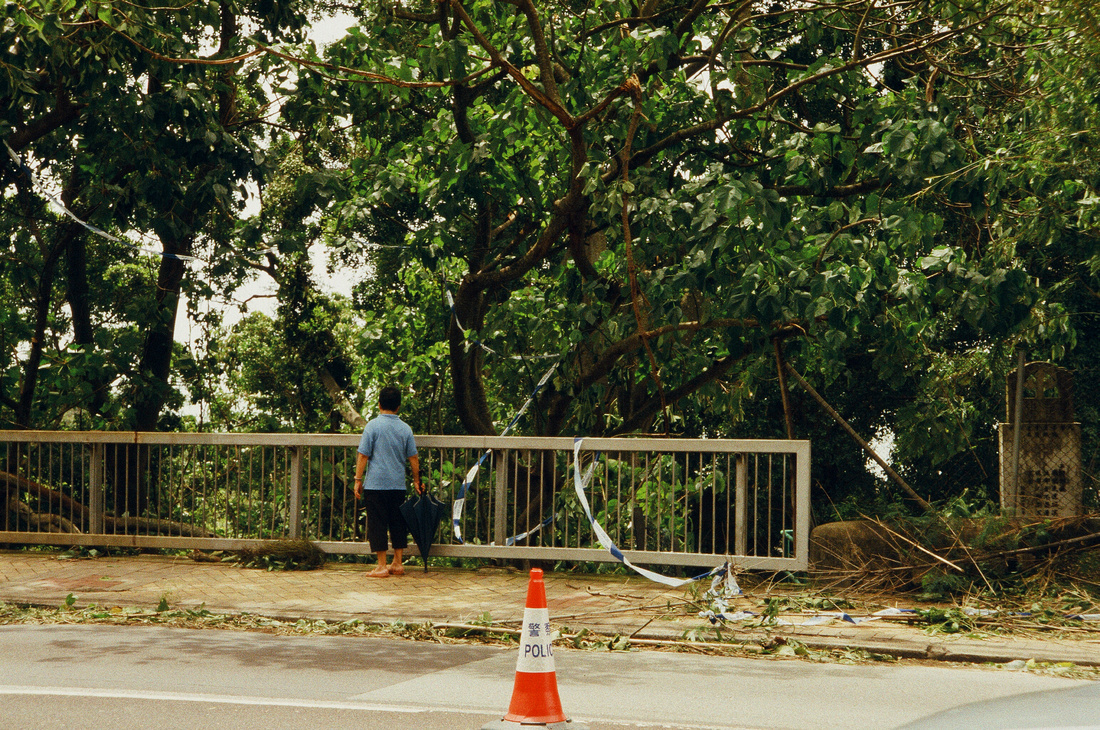



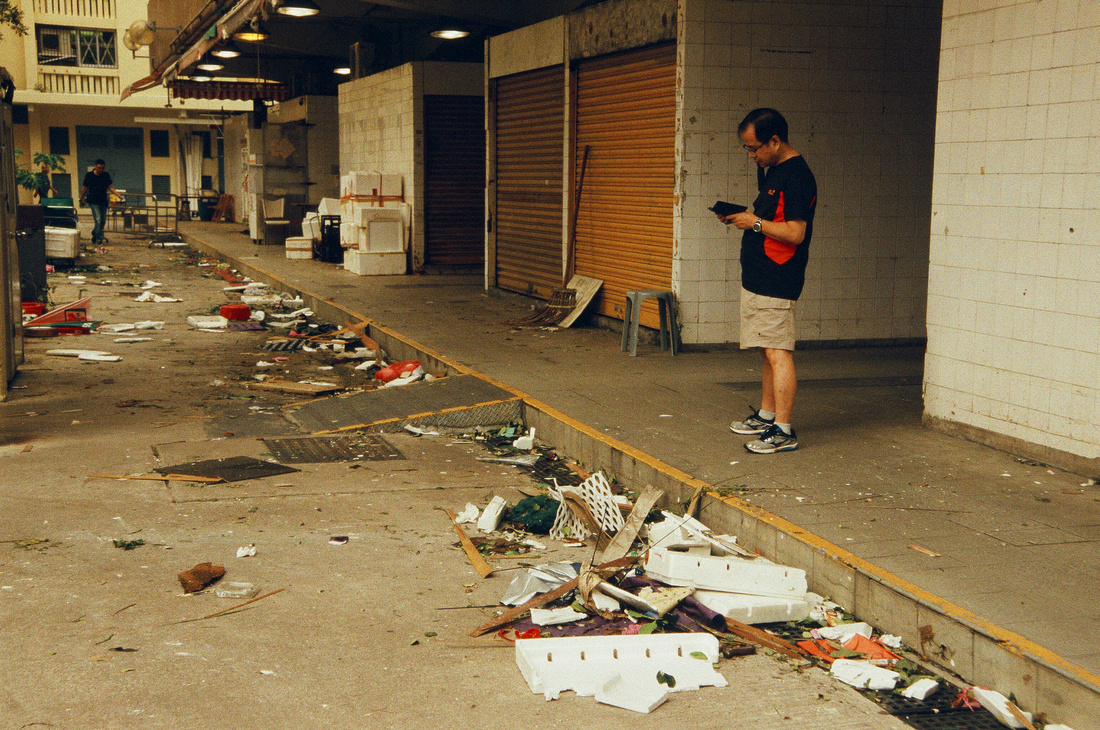

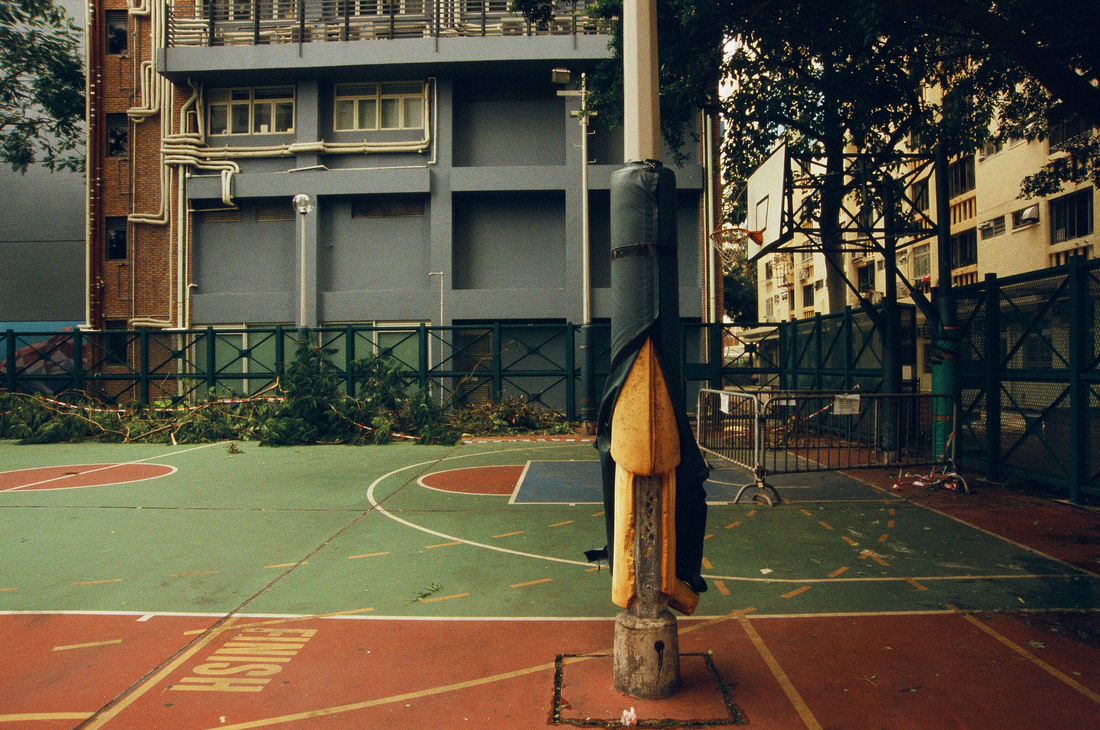

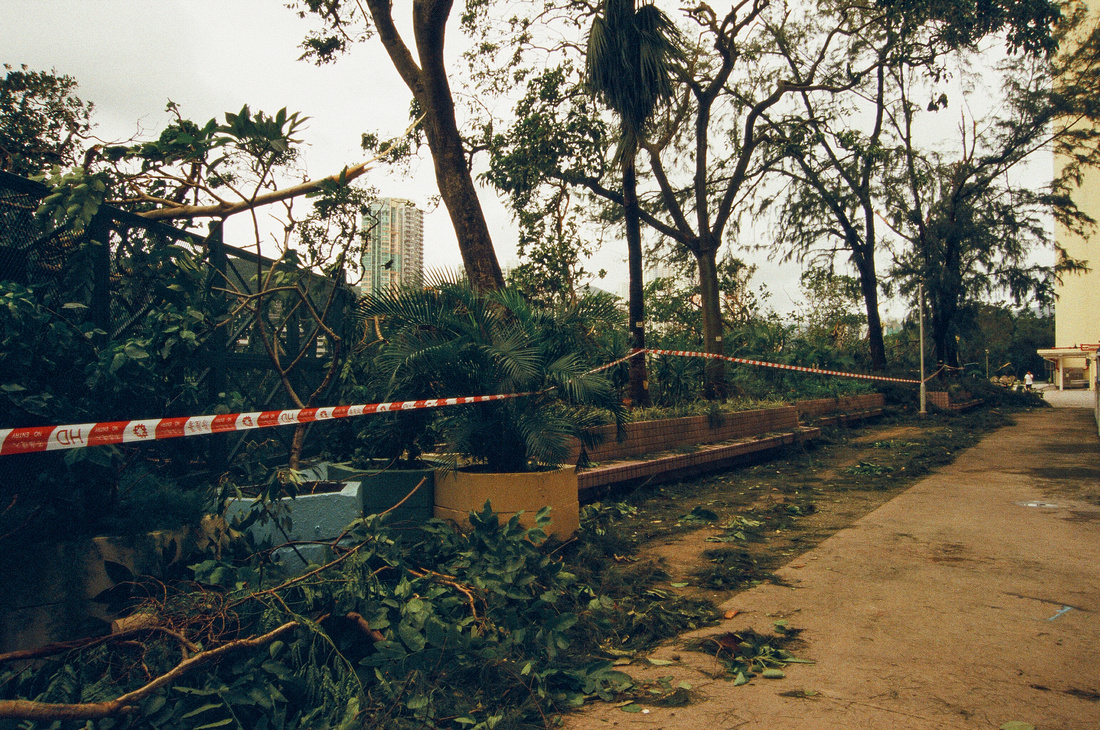

National Geographic Travel Photographer of the Year 2017 Editor’s Favorite: Galleries: Week 4 Cities & People
Casual Photophile Tip & Techniques No. 001 The Subject is the Subject
The Inspired Eye Photography Magazine Issue #40 (full interview)
Hong Kong Free Press: HKFP Lens
Blog #18 Criticizing Photographs or Beyond the “like”
Blog #25 Don’t Be Afraid of the Dark[room].
Blog #47 Composition, Composition, and More Composition
Blog #65 Summer is for Travel (Hanoi)
Blog #67 Risks, Rules, & Restrictions
Blog #68 Photography is a Gift
Blog #72 Living the Creative Life
Blog #90 Restrictions, Revisited
Blog #93 Photographic Technique
Blog #105 Signs, Signs, Everywhere a Sign
Blog #122 What’s Your Hunting Strategy?
Blog #122 What’s Your Hunting Strategy?
In last week’s blog, I shared a number of self-improvement strategies for photographers. The astute reader will note that there was zero mention of cameras or gear. I love cameras and I love gear. However, buying a new piece of kit simply does translate to better image making. It could, however, get you excited to get out there to shoot more and THAT might lead you to making better images. The camera doesn’t make the picture, you do!
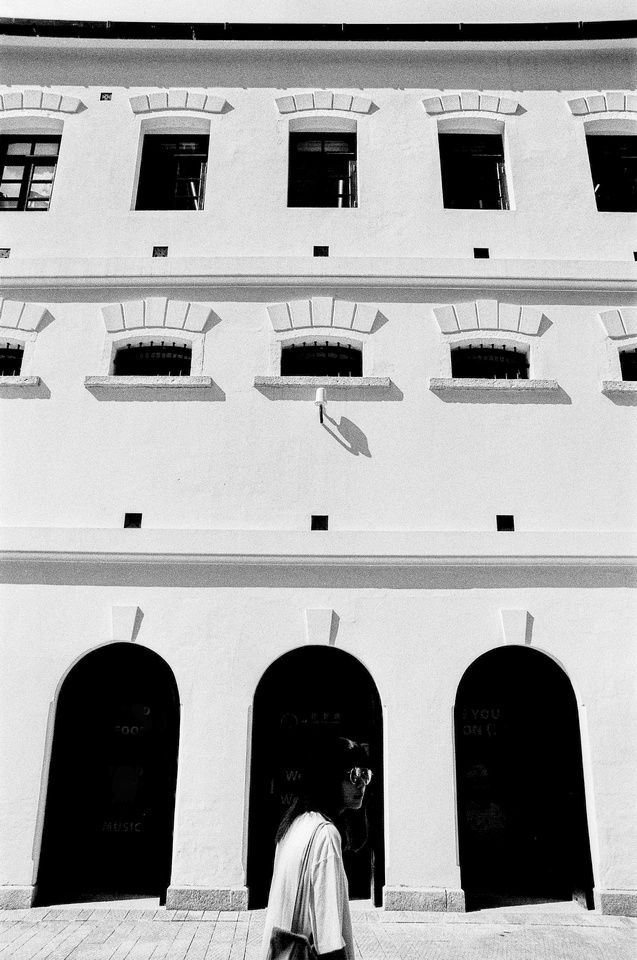

Anyway…When you are behind the camera and making images, what’s your hunting strategy? Your workflow? Do you roam the streets wearing headphones and throw the camera into someone’s face to make a “Street photo”? Do you walk slowly around urban streets keenly aware of your surroundings and ready at a moment’s notice to Cath the perfect snap? Maybe you prepare for days for that six hour hike over the mountains to catch that amazing sunrise or sunset while schlepping a tripod and related gear.
We all have these patterns and workflows. They help us to develop a keen eye for seeing and preparation to make the picture, that “keeper” of an image that makes it all worthwhile. You might be the type to practice pre-visualization. Pre-visualization or visualization is when you think about the image you want to make and sort of “see” the final image before you even make the image inside the camera. This is a technique that is directly application to portraits or landscape images.
Street photography, on the other hand, dictates more of a candid and organic workflow. Are you a trapper or a hunter? Trappers wait for subjects to enter their pre-determined interesting scenes or backdrop and make the photo when the insect enters there proverbial web (frame). Hunters, will move through buildings, parks, and streets ready to pounce, so to speak, with the camera on the unsuspecting subject under the optimal and spontaneous.
Do you set rules or boundaries for yourself? Perhaps you take only one roll of 36 exposure 35mm film, thereby limiting your frames and forcing concentration and a healthy dose of caution before pressing the shutter release. Digital image making is unbound by frame numbers so long as you have the battery and SD-card space. You can shoot 36 pictures or 3600 pictures, it’s up to you.
The point of all of this is to consider how your work flow begins the camera might be helping or hindering the quality of your image making. Maybe you’re shooting to often, or not enough. Maybe you’re making too few or too many images on a given shoot. Maybe you need to take the AirPods out of you ears to aid your sense of seeing instead of being distracted by listening to music.
There are many strategies that work and some are better than others. Think about this as another way to improve your creative diet. With the proper care and feeding, your creative self can only improve.
The light is always right.
jhg
*Images: © Jeremy H. Greenberg
Where: Tai Kwun, Hollywood Rd., Soho, Hong Kong
Subject: Tai Kwun Centre for Heritage & Arts
Gear: Nikon F100 + Nikon AF-D 24-85mm Zoom Lens + 35mm Black and White Film (Silberra 120 + Double X)
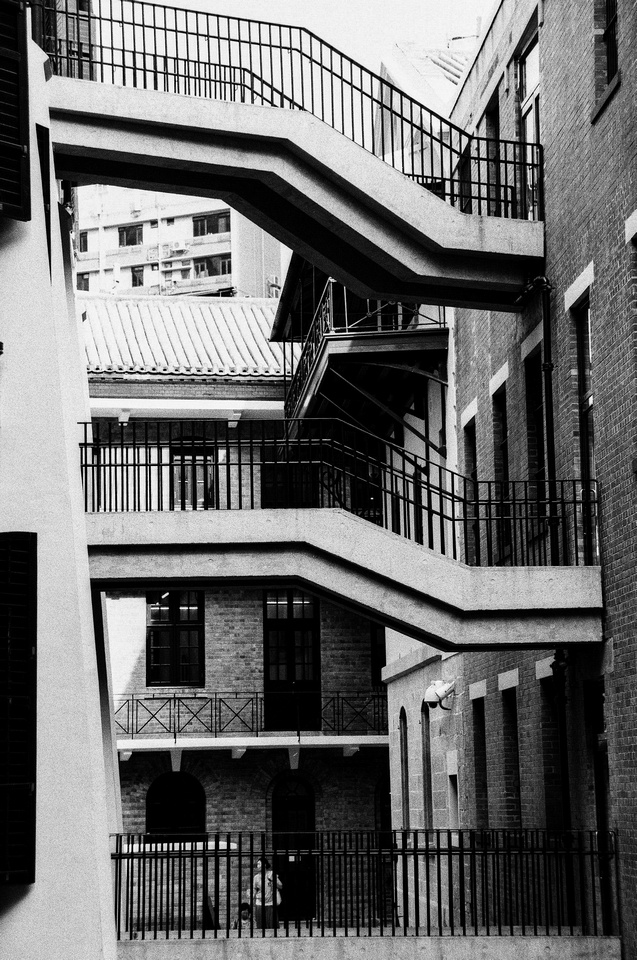

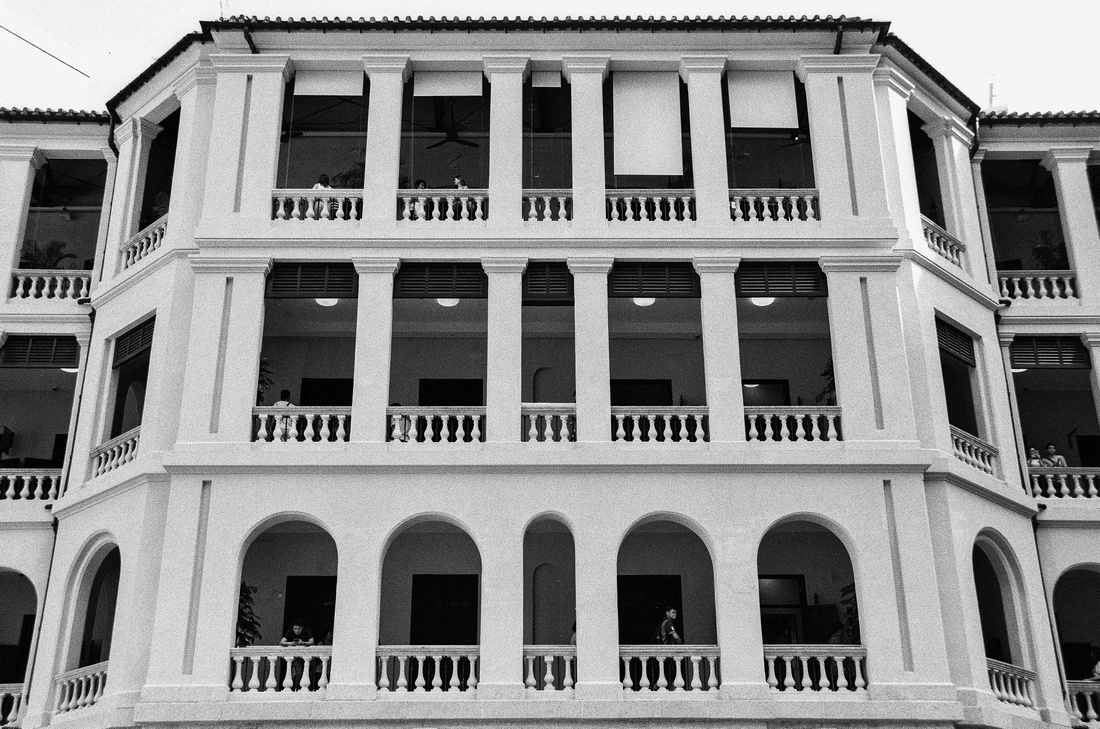

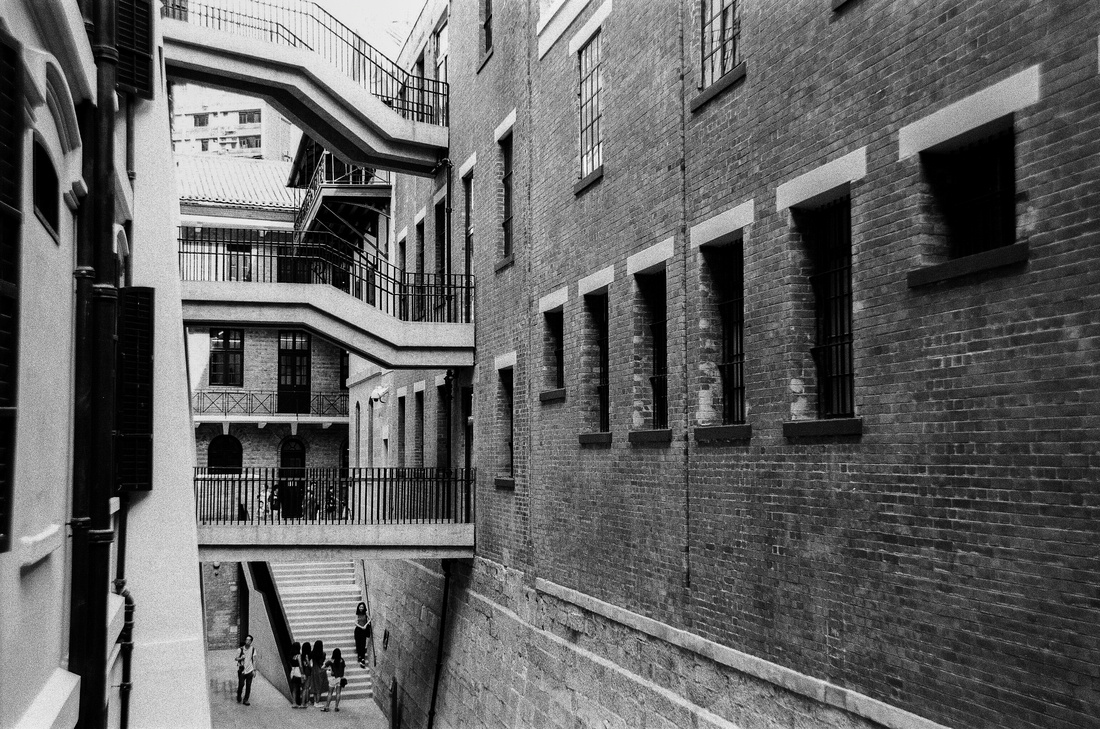

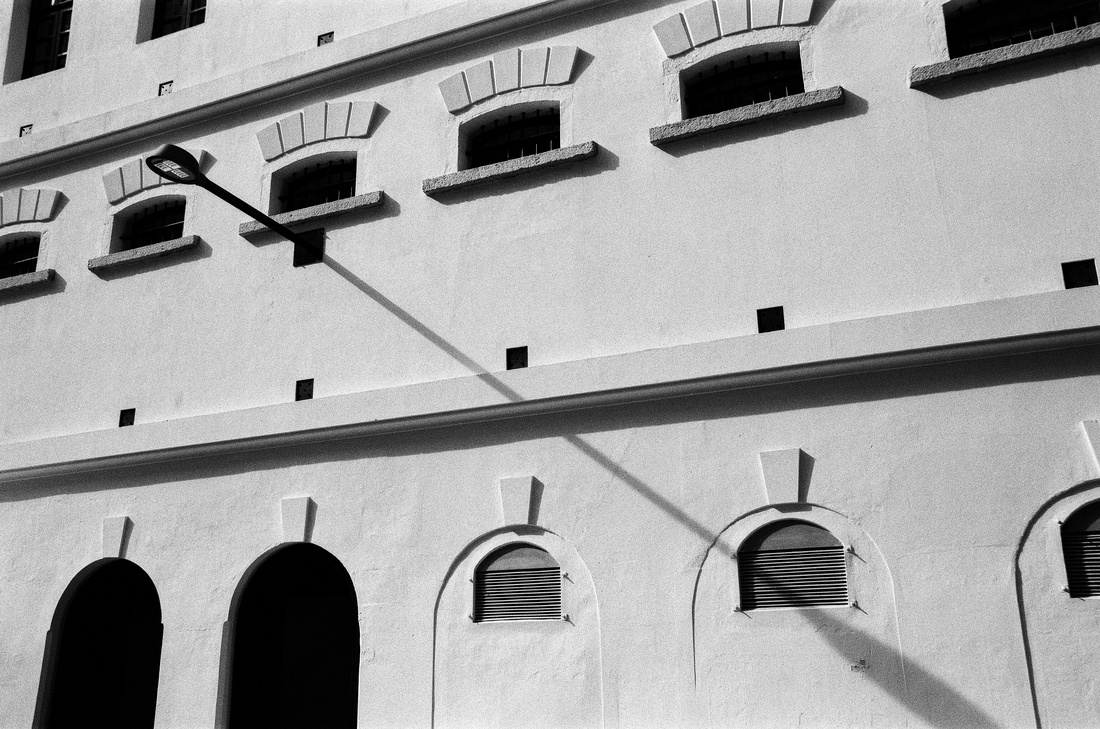

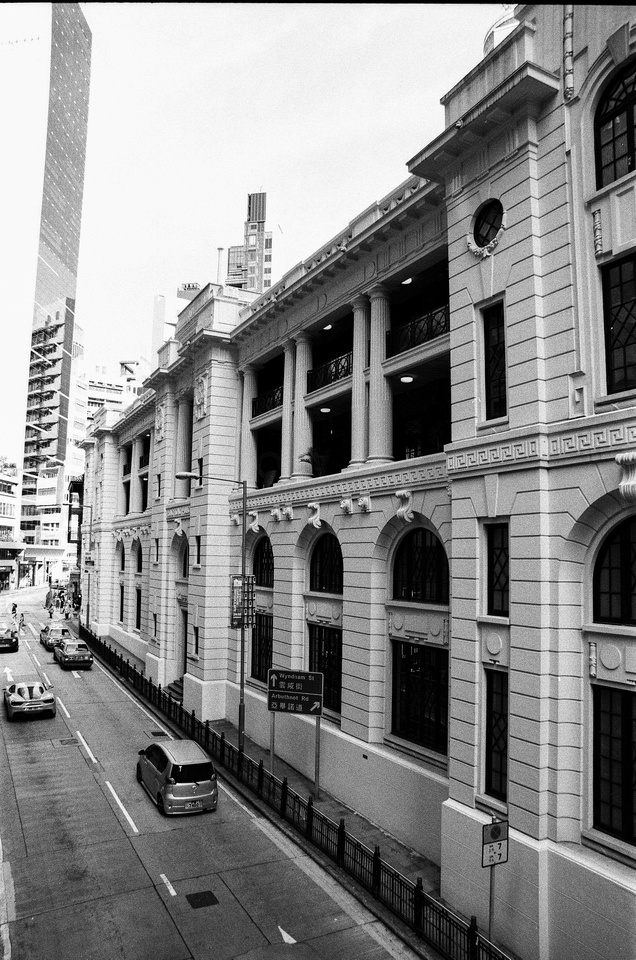

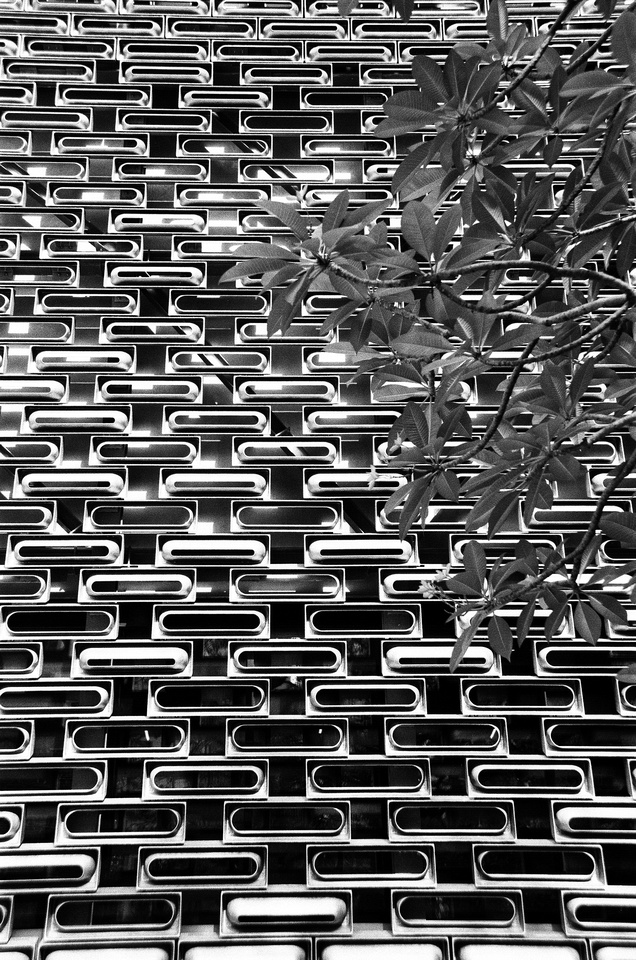

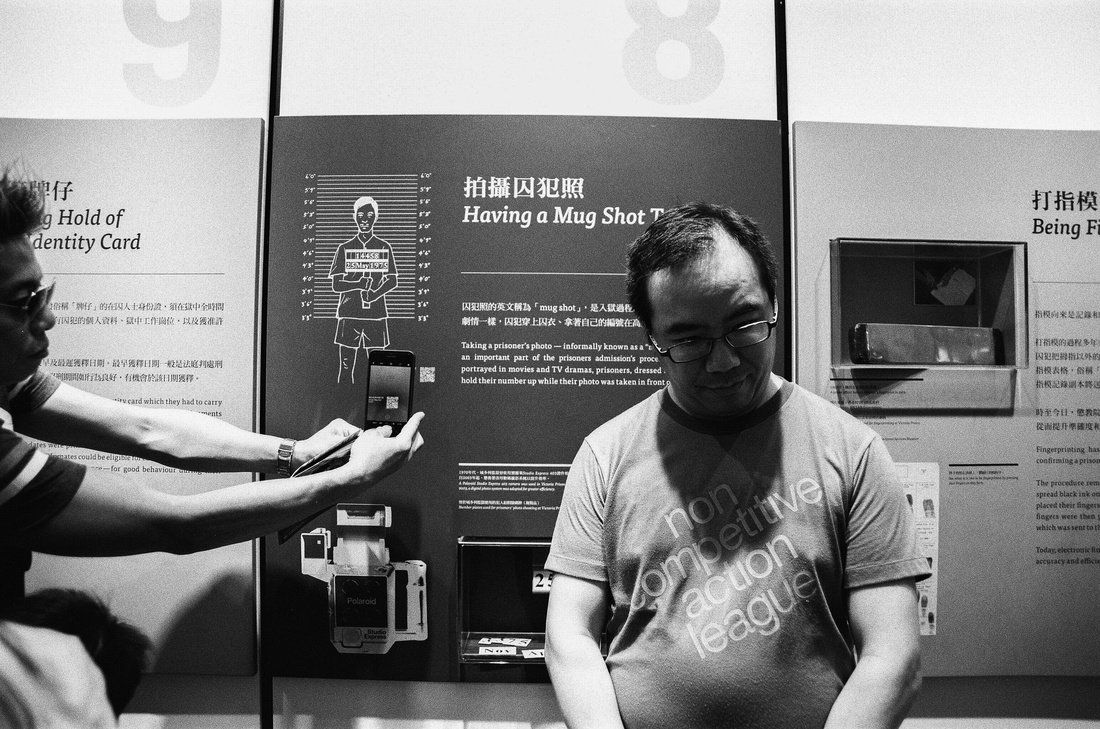

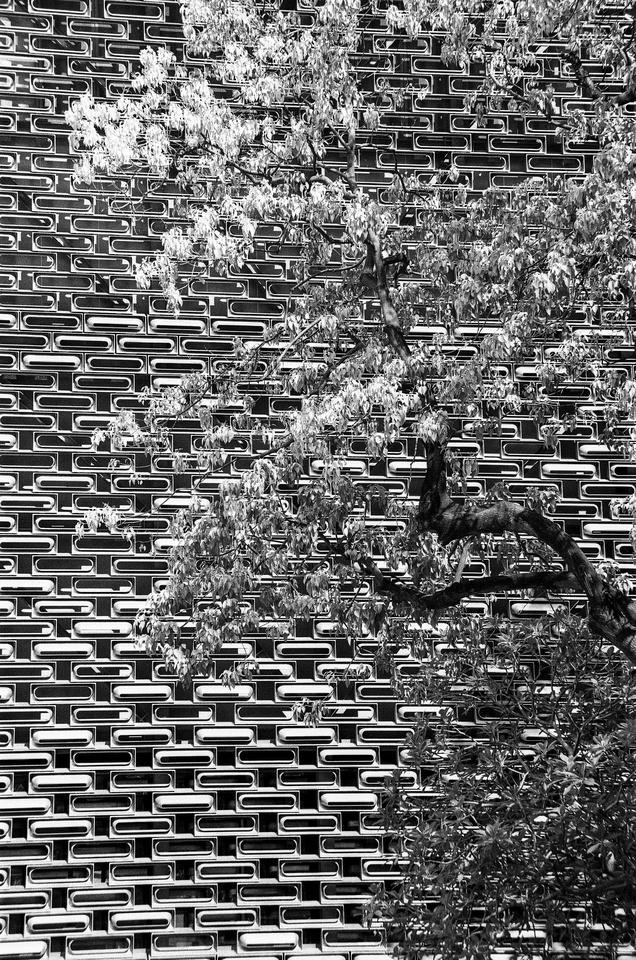

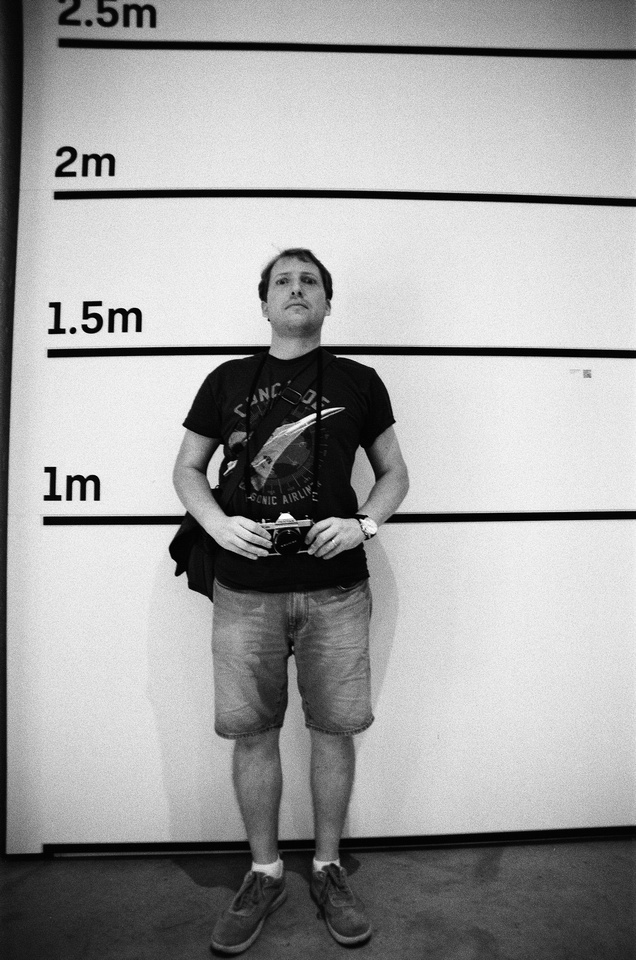

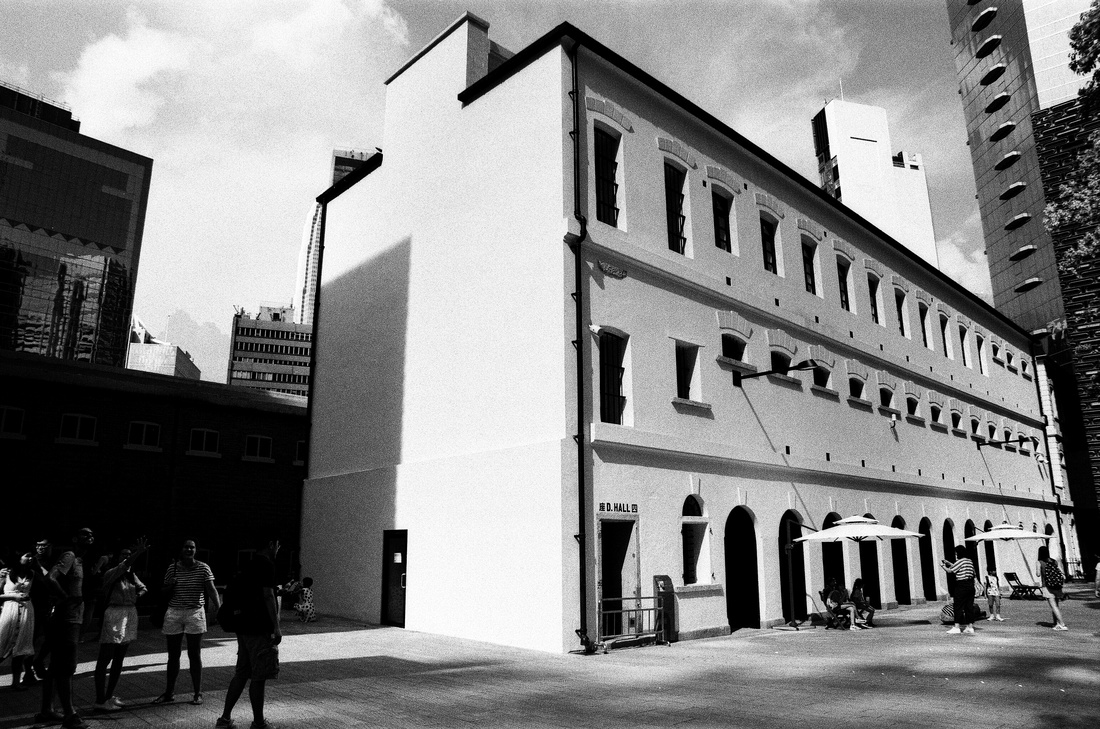

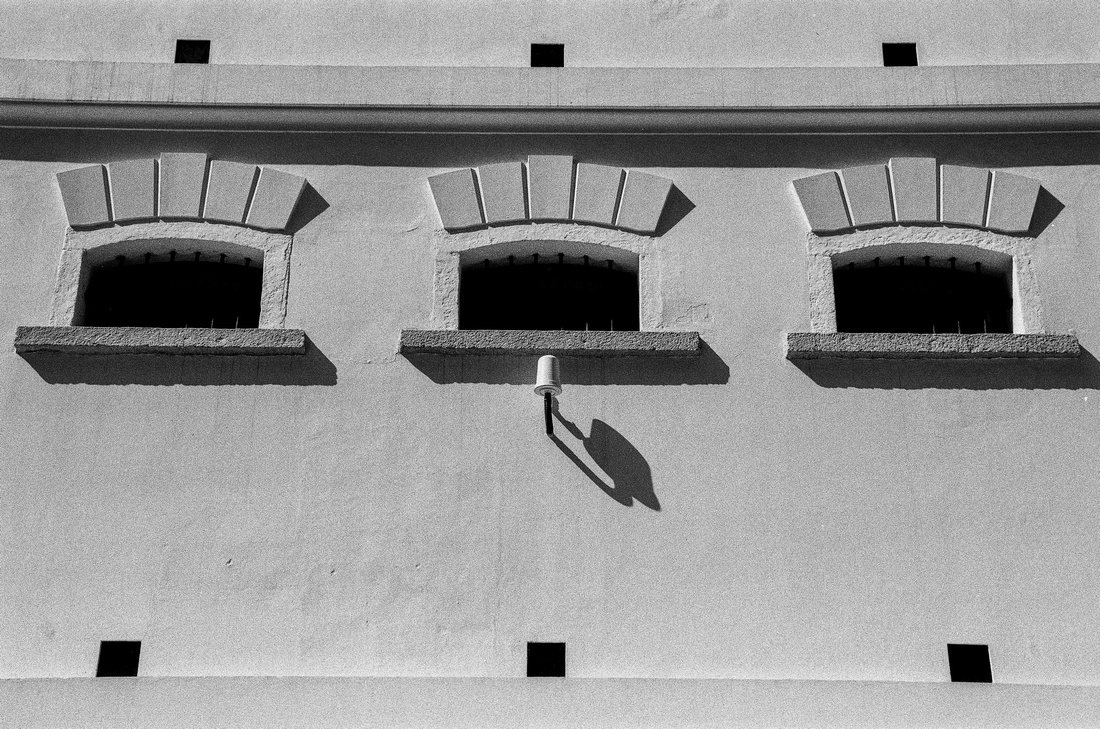

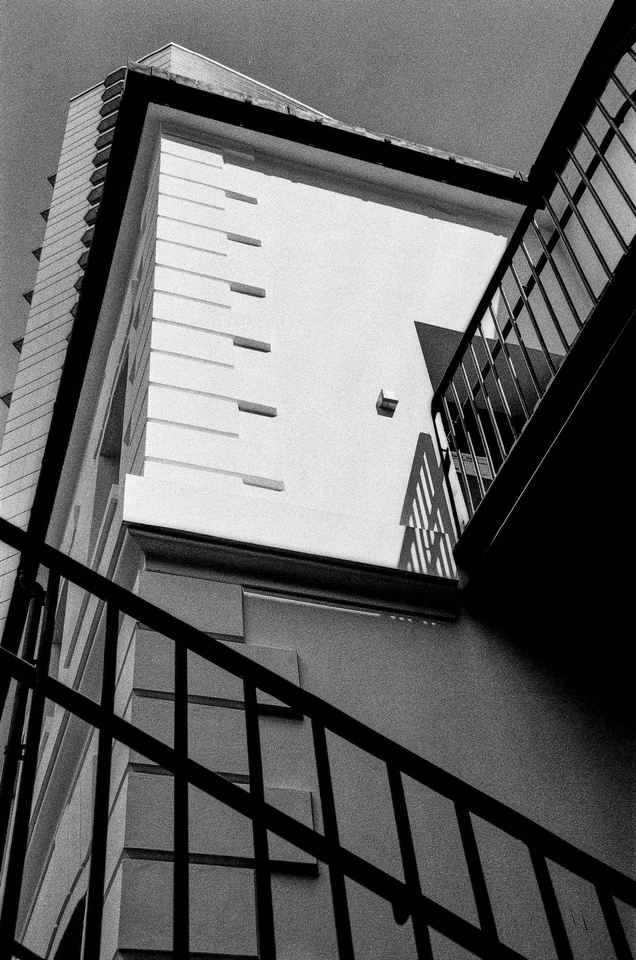

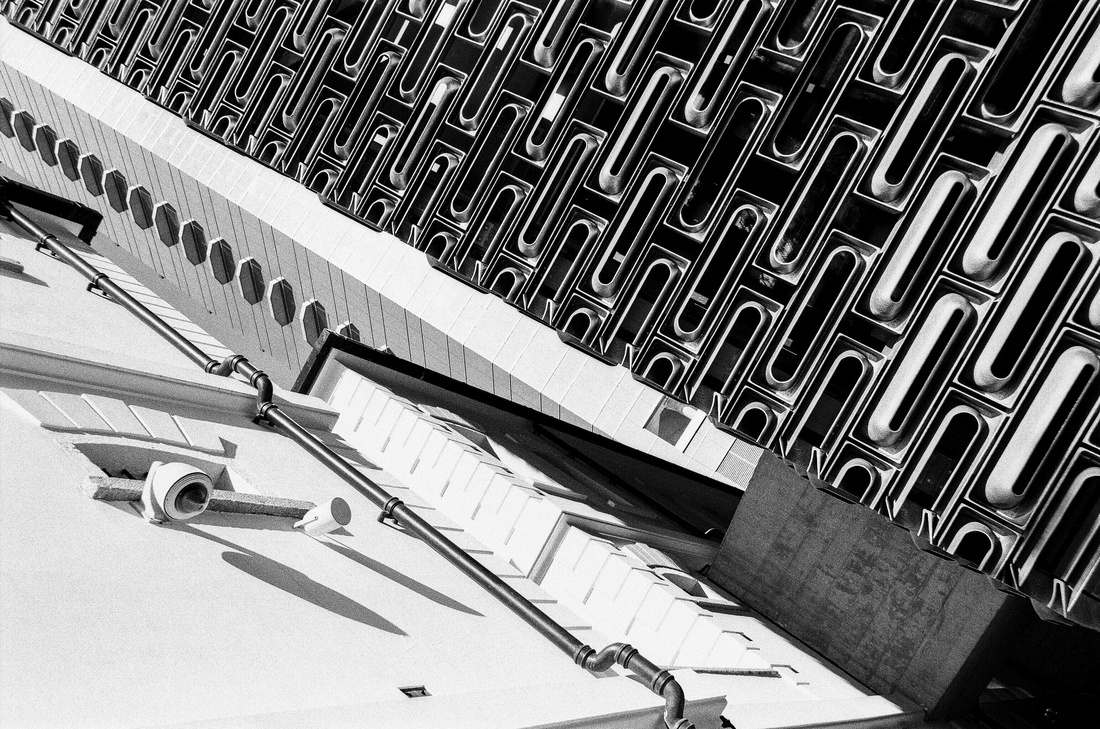

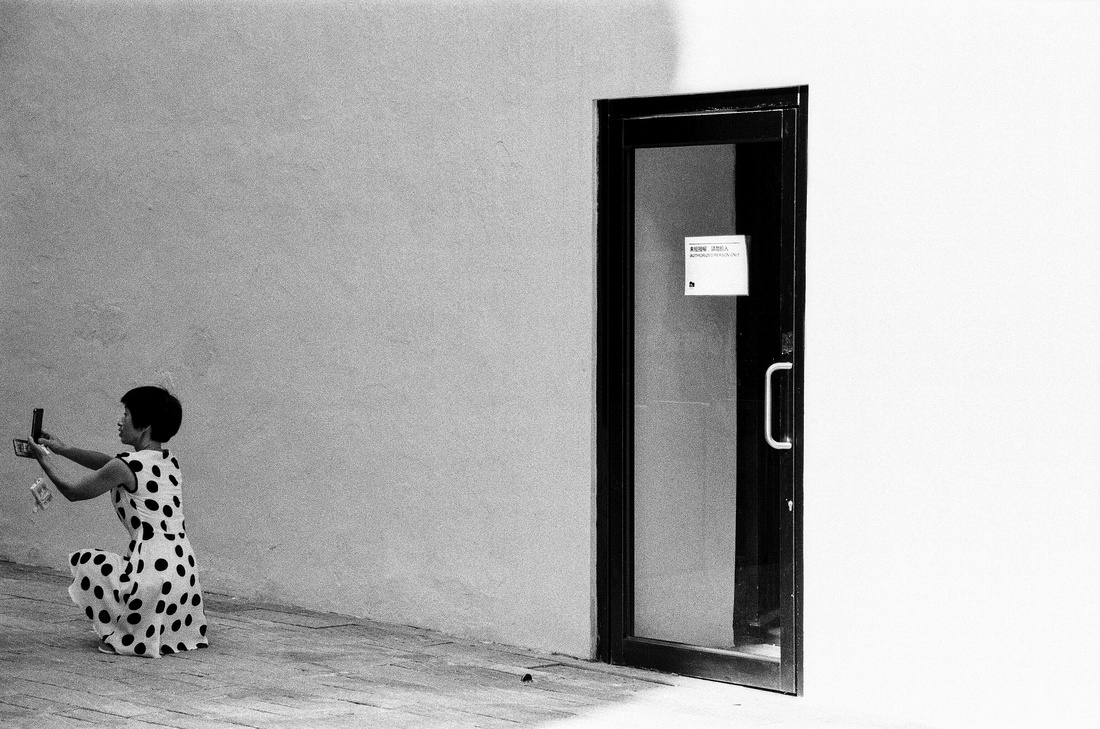

National Geographic Travel Photographer of the Year 2017 Editor’s Favorite: Galleries: Week 4 Cities & People
Casual Photophile Tip & Techniques No. 001 The Subject is the Subject
The Inspired Eye Photography Magazine Issue #40 (full interview)
Hong Kong Free Press: HKFP Lens
Blog #18 Criticizing Photographs or Beyond the “like”
Blog #25 Don’t Be Afraid of the Dark[room].
Blog #47 Composition, Composition, and More Composition
Blog #65 Summer is for Travel (Hanoi)
Blog #67 Risks, Rules, & Restrictions
Blog #68 Photography is a Gift
Blog #72 Living the Creative Life
Blog #90 Restrictions, Revisited
Blog #93 Photographic Technique
Blog #105 Signs, Signs, Everywhere a Sign
Blog #121 What’s You’re Self Improvement Strategy?
Blog #121 What’s You’re Self Improvement Strategy?
Do you consider yourself a lifetime learner, a perpetual student? I most certainly do. I never really left school. I work in an international school, teach classes to a wide range of learners including young children and adults, in many subjects including photography. My home away from home is the classroom so to speak. I enjoy the learning process about as must as the teaching process. Through teaching, we learn.
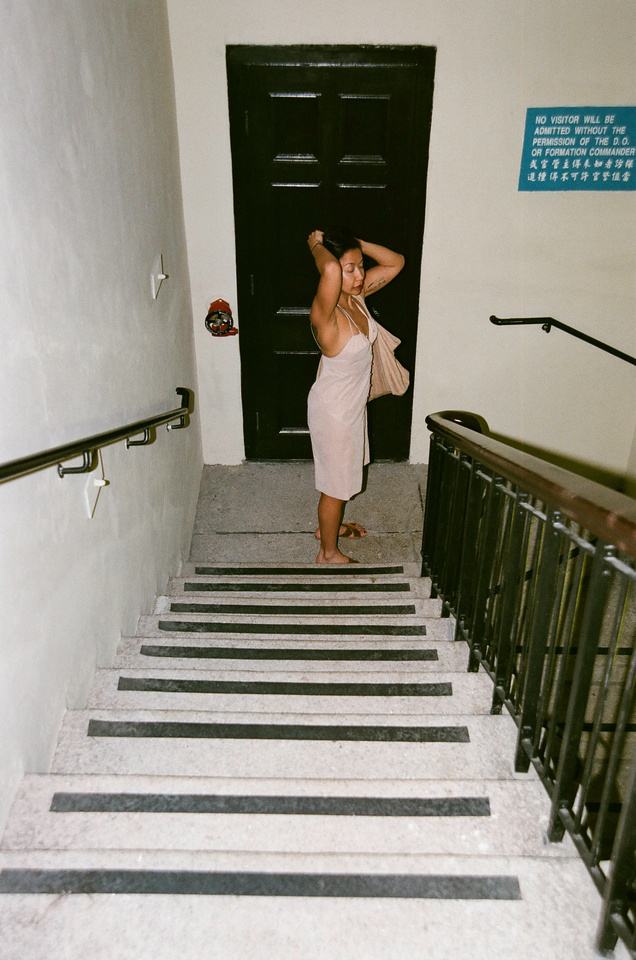

I’m typing this week’s blog entry on a late summer, warm but rainy first of September. I’ve got that Back to School feeling once again. There’s an air of possible and of course that new backpack and shoes always makes you feel ready for anything.
It’s always good to look ahead and to reflect on current strategies and work. After a lot of travel and holiday images making over the summer, it’s time for a change. What am I doing to improve my work? Is it working? Do I need to make a change? These are the self-reflective questions I ask myself around this time of year in an effort to push forward. Given the pace of life these days it can be a bit overwhelming to say the least to stop and focus on photography even it’s your full time gig.


I’m a part-time professional photographer. I work when I get gigs and when it works for me. I shoot almost everyday and continue to work on personal projects regularly. How to fit in those artistic “reps” into my creative diet can be a challenge.
After all, luck favours the prepared said Edna Mode from The Incredibles. Are you reading photography books and blogs? Going to exhibits? Museums? Working on your Project 365, Project 52, or other personal projects? Are you joining Meetups or local Photo Walks? How about joining local professional or hobbyist photography groups or finding an apprenticeship with a professional photographer?
There is a myriad of activities at our finger tips these days. Take a class. Take a workshop. Work on your skills, shoot a lot, share, seek critique. You must work on your craft to move forward. You move one step at a time, but you can only get better.
The light is always right.
jhg
*Images: © Jeremy H. Greenberg
Where: Tai Kwun Contemporary Art Space
Subject: Tai Kwun Contemporary Art Space
Gear: Nikon F100 + Nikkor 24-85mm Zoom Lens + Agfa Vista Plus 400 Color 35mm film
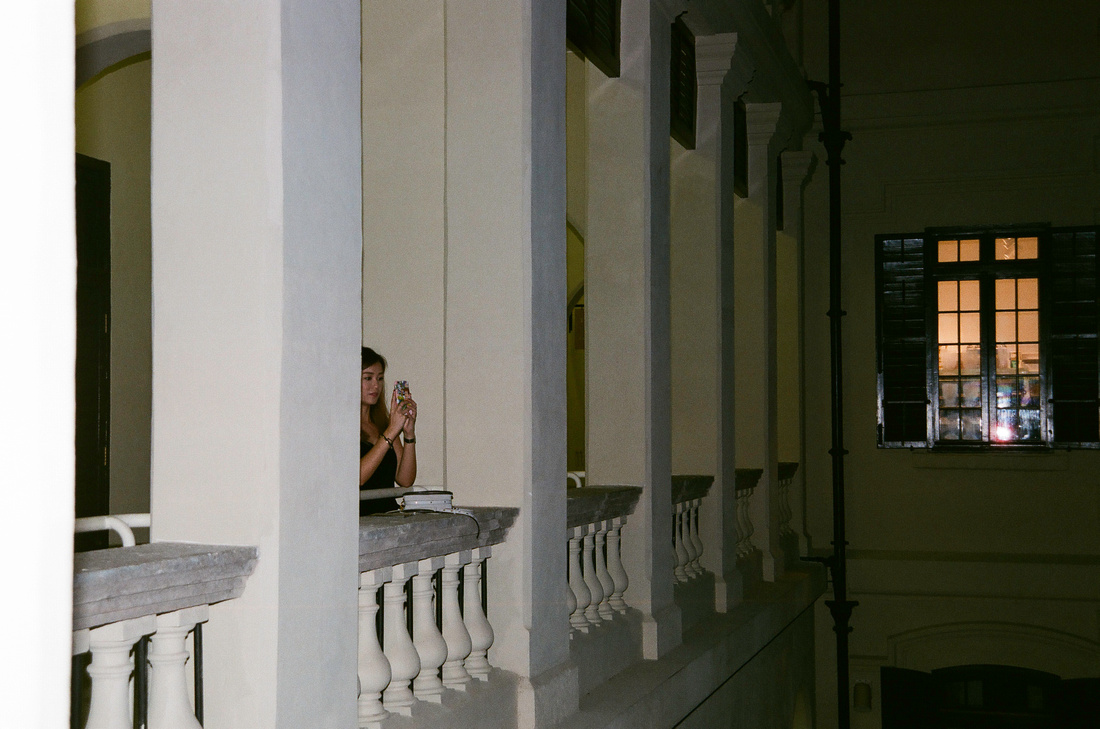





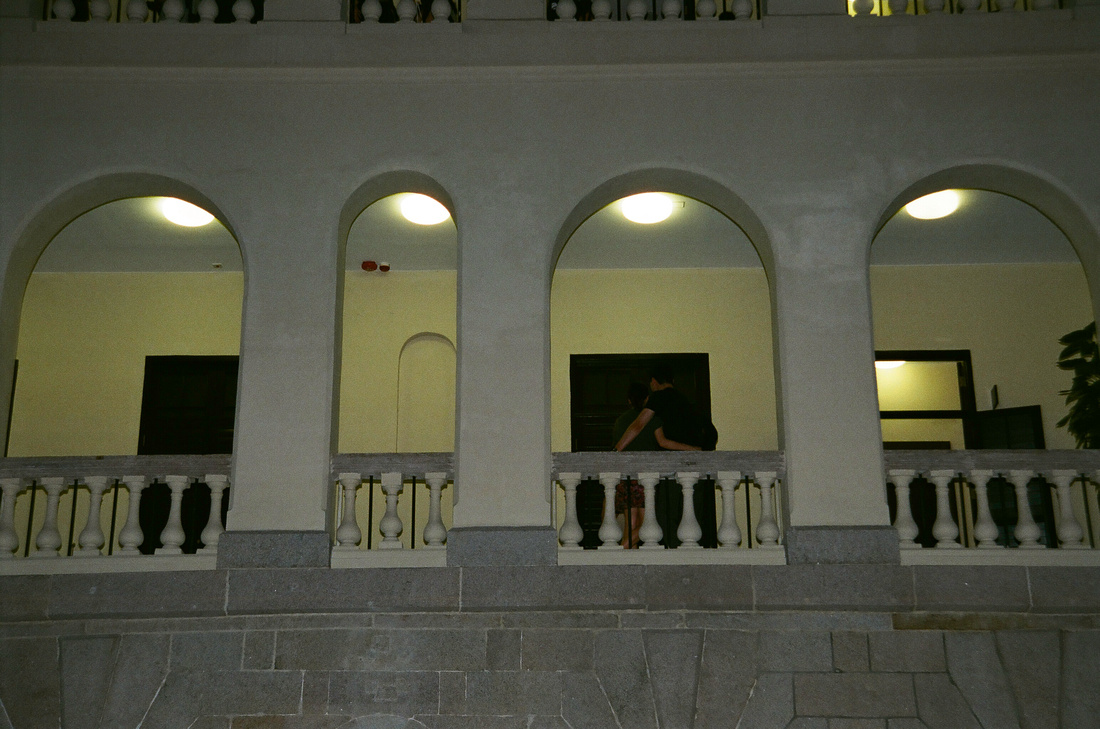

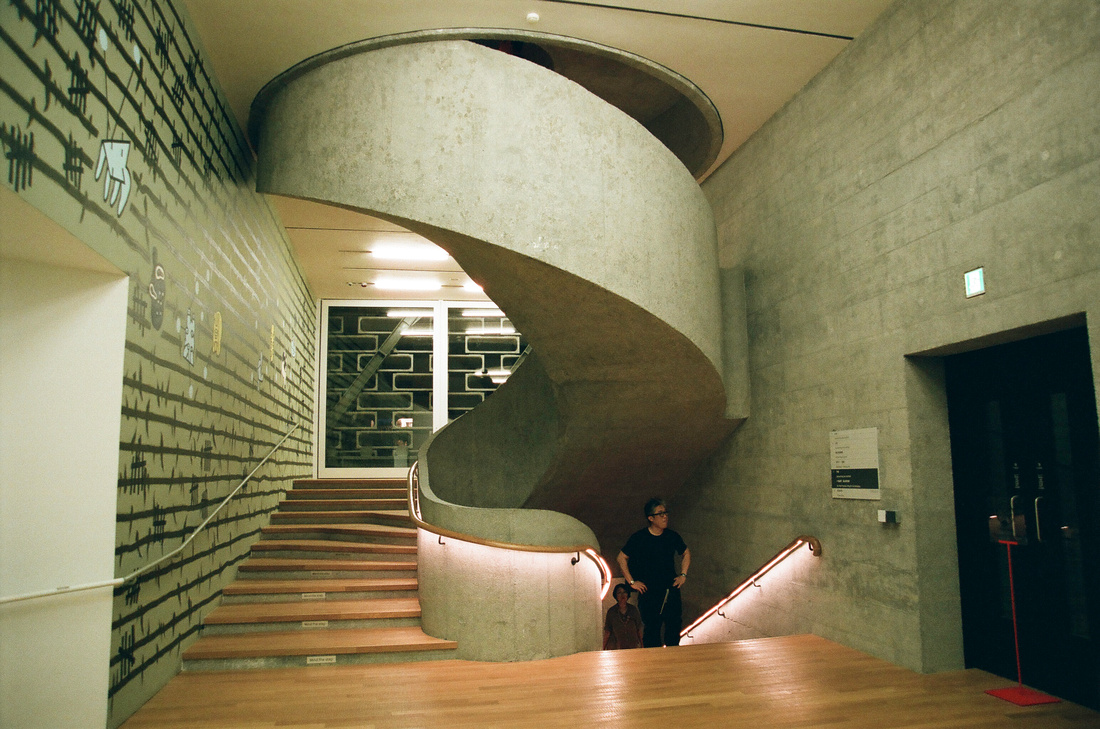

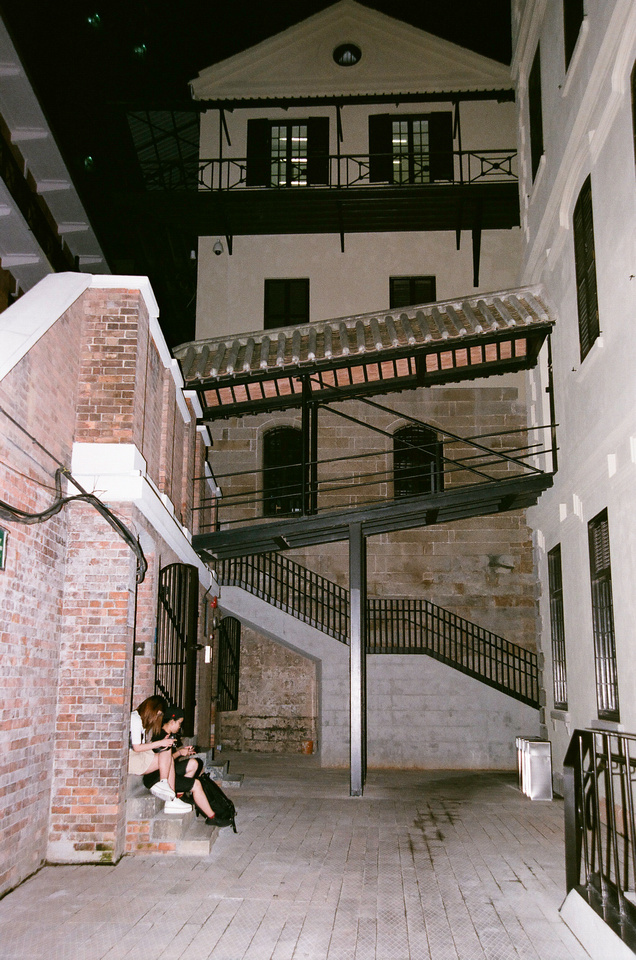

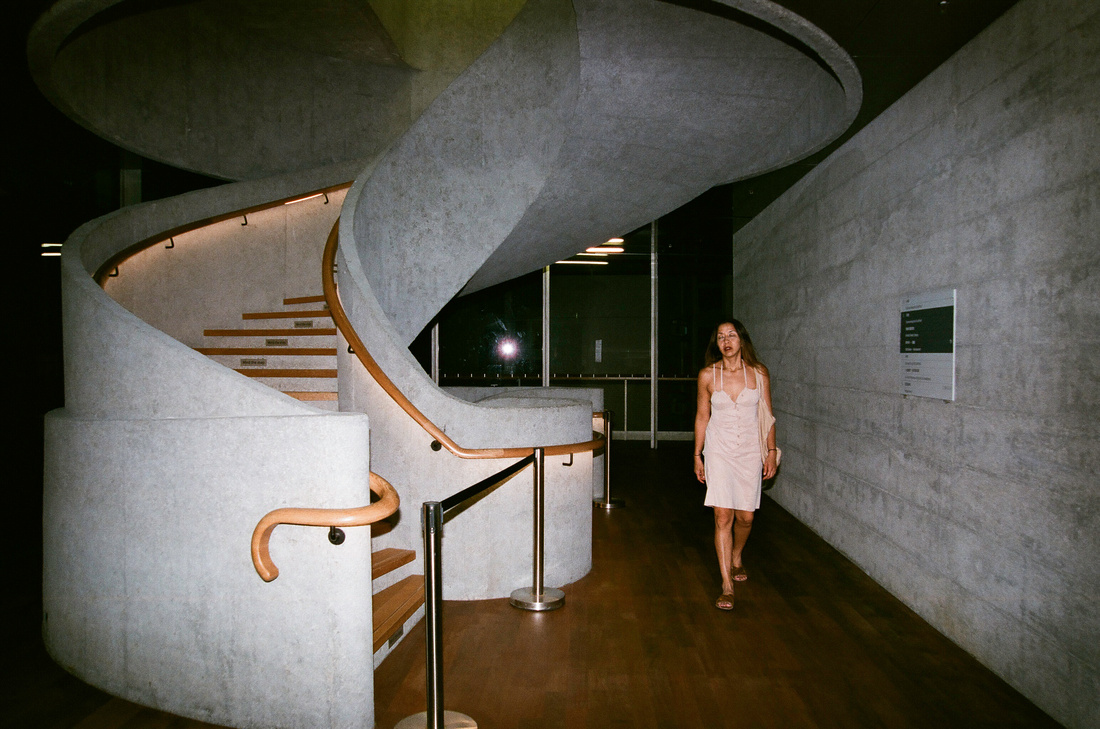

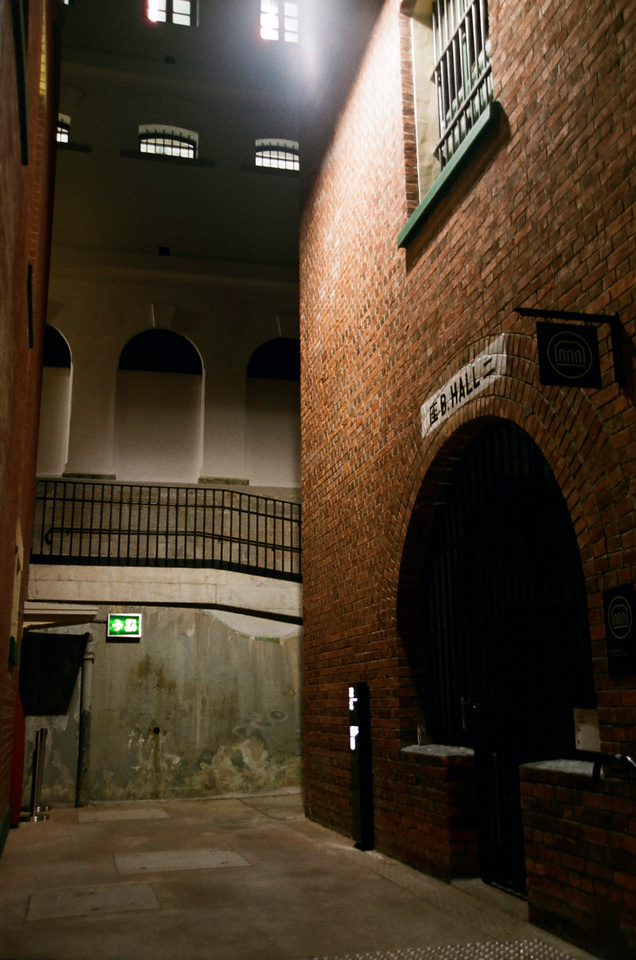

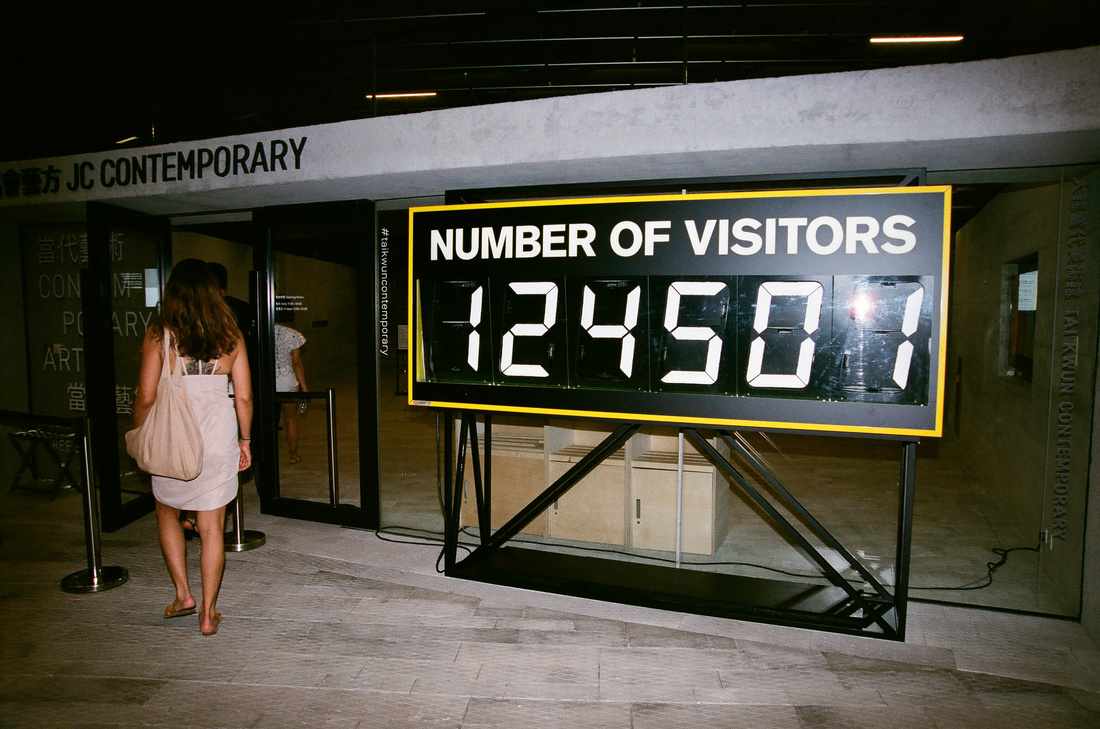

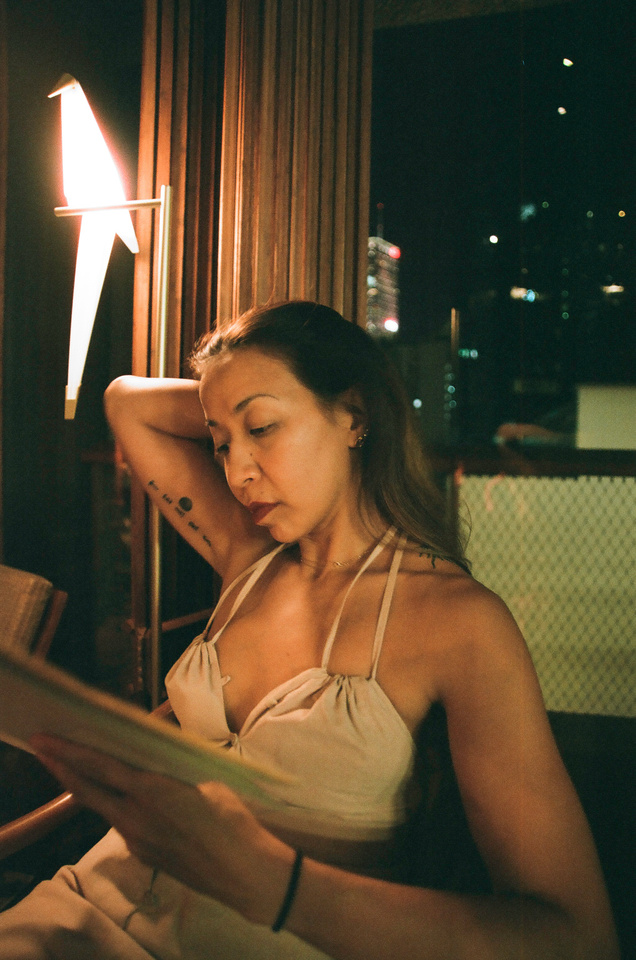

National Geographic Travel Photographer of the Year 2017 Editor’s Favorite: Galleries: Week 4 Cities & People
Casual Photophile Tip & Techniques No. 001 The Subject is the Subject
The Inspired Eye Photography Magazine Issue #40 (full interview)
Hong Kong Free Press: HKFP Lens
Blog #18 Criticizing Photographs or Beyond the “like”
Blog #25 Don’t Be Afraid of the Dark[room].
Blog #47 Composition, Composition, and More Composition
Blog #65 Summer is for Travel (Hanoi)
Blog #67 Risks, Rules, & Restrictions
Blog #68 Photography is a Gift
Blog #72 Living the Creative Life
Blog #90 Restrictions, Revisited
Blog #93 Photographic Technique
Blog #105 Signs, Signs, Everywhere a Sign
Blog #120 Hybrids
Blog #120 Hybrids
In the last Blog #119 titled Combinations, I presented ten “winning” combinations in terms of gear choices and camera/film/lens pairings that I have enjoyed over the years. In this week’s blog I want to introduce the concept of hybrids. For the longest time, I’ve been sort of a photographic purest in that I would balk at the concept of mating some Japanese Lens to a German Body or visa versa resulting in some FrankenKamera abomination. Eww…It just wasn’t right!
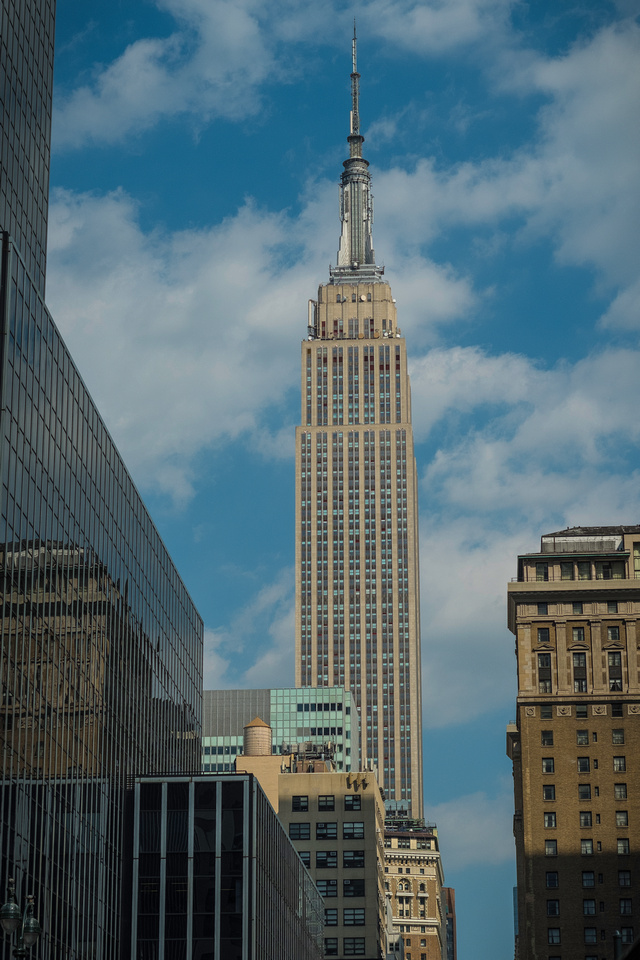

Like 99% of the time, we buy or use a camera body with the same brand of lens. In recent decades, with digital camera bodies having new versions every one to two years there is a tendency to upgrade and replace camera bodies on a fairly regular basis.
Lenses, in contrast, seem to be immune to this gear ADHD. Then, there are those heirloom lens varieties that result in those GAS flare-ups that we all suffer from time to time. You know the ones I mean such as the Canon 50mm f/0.95 , Nikon’s 58mm f/1.2 “Noct”, the Carl Zeiss Planar 80mm f/2.8 mated to the medium format Hasselblad, or the Leica 50mm Summicron-M f/2 considered the sharpest lens ever made. These are rare, expensive as hell, but unmistakably outstanding performers.
There appears to be an upward trend in the concept of mis-matching bodies and lenses. This is evidenced by the virtual myriad of adapters available today. You can just about get any adapter to make any brand of camera work with any brand of lens these days. Digital shooters want to shoot their old heirloom manual lenses on their new DSLR or mirrorless bodies for that blast from the past feeling [in full manual mode of course].
Interested in jumping on the hybrid bandwagon? Usually this entails screwing a manual lens of Brand X to a digital or other film camera of Brand X. You could go the other way around, or across brands but your successes here will vary. First, you will need to consider the following factors:
- Will Lens X fit on Body Y? Since around 1959 and the first “F” camera rolled off the assembly line, Nikon has used the famous “F” mount on all SLR and DSLR cameras over the last 60 years! Even the new "Z" mirrorless will have a Z to F adapter [Thanks for that, Nikon, I hope you’re reading this]. While Nikon seems to be the most sane and practical in this design feature, other camera makers seem to change lens mounts every time there is a new Olympic Games.
- Assuming that you can find the adapter combination that you need. Is it worth spending the money on that adapter or will you use it once and end up tossing it in that abyss of a bag at the bottom of your closet with random one-off camera knick knacks like that 39.567 mm filter thread that fits some rare Russian range finder that you lost a decade ago?
- Go Full Manual or Bust. Assuming that you score the correct adapter that will fit your camera and lens, you would be lucky to have zero light leaks since the quality control on these things seem to be comparable to an old Yugo. Forget autofocus, metering, exif data, or just about any electronic communication between your camera and lens body. If you cross brands, your gear will resist the electronic handshake for sure.
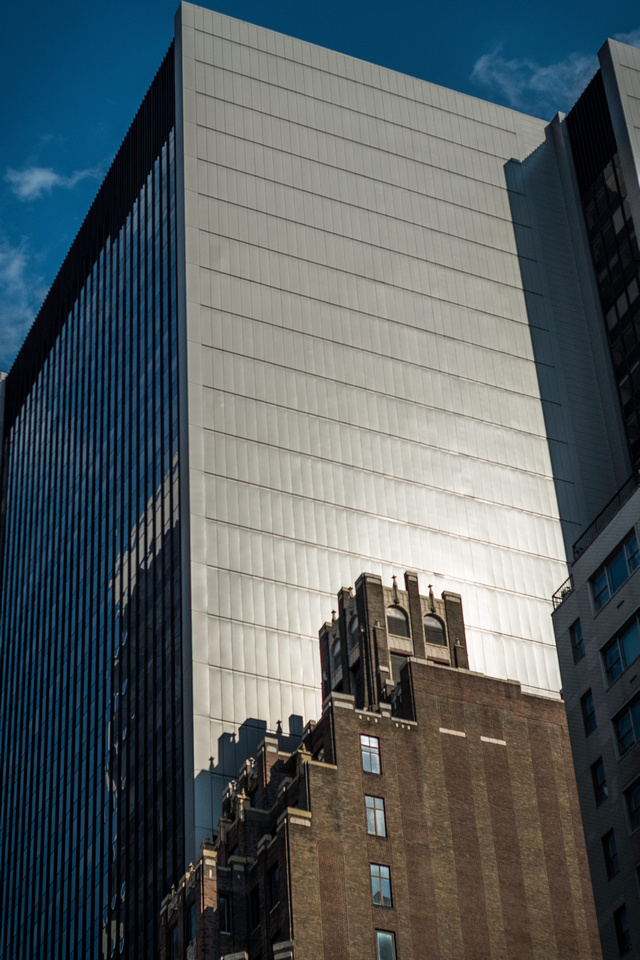

After all of these considerations, you can still have fun shooting old manual lenses on today’s smaller, lighter, digital camera bodies. I recently mated up a Leica 50mm lens to my Fujifilm X-E3 and it works pretty well. You get that interesting hybrid sensation of using manual focus but with the instant gratification of a modern sensor. I’ll admit the shooting style is strange and it takes some getting use to but you might find it worth the effort. I found the images were sort of Meh.
This is just another type of shooting style or technique to add to your repertoire. It won’t make your images any better but you might have a pinch more fun in the process and that makes it worth a try.
The light is always right.
jhg
*Images: © Jeremy H. Greenberg
Where: New York City July 2018
Subject: Architectural Photography
Gear: Fujifilm X-E3 + Fujifilm 18mm f/2.0
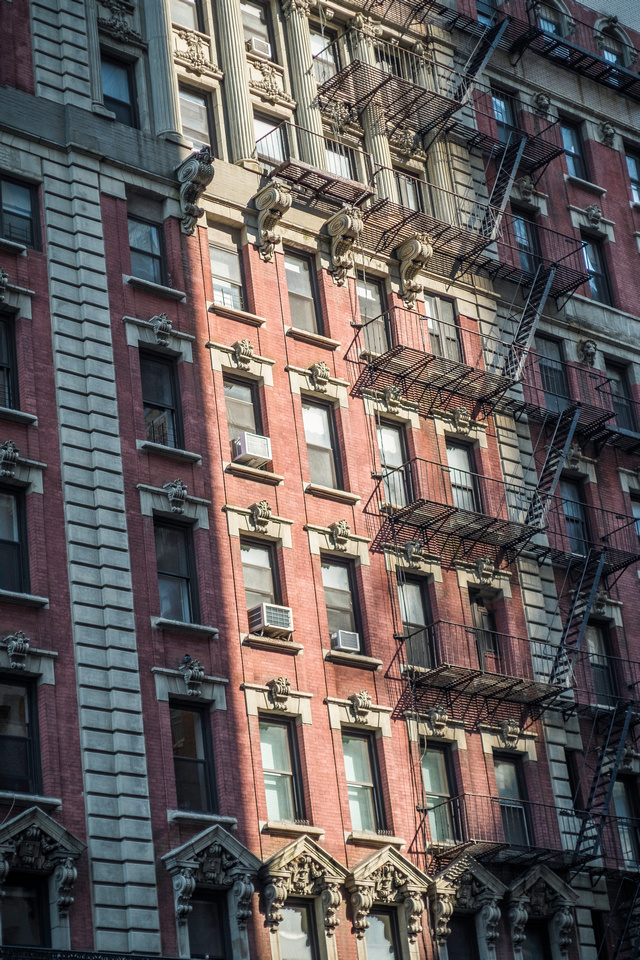

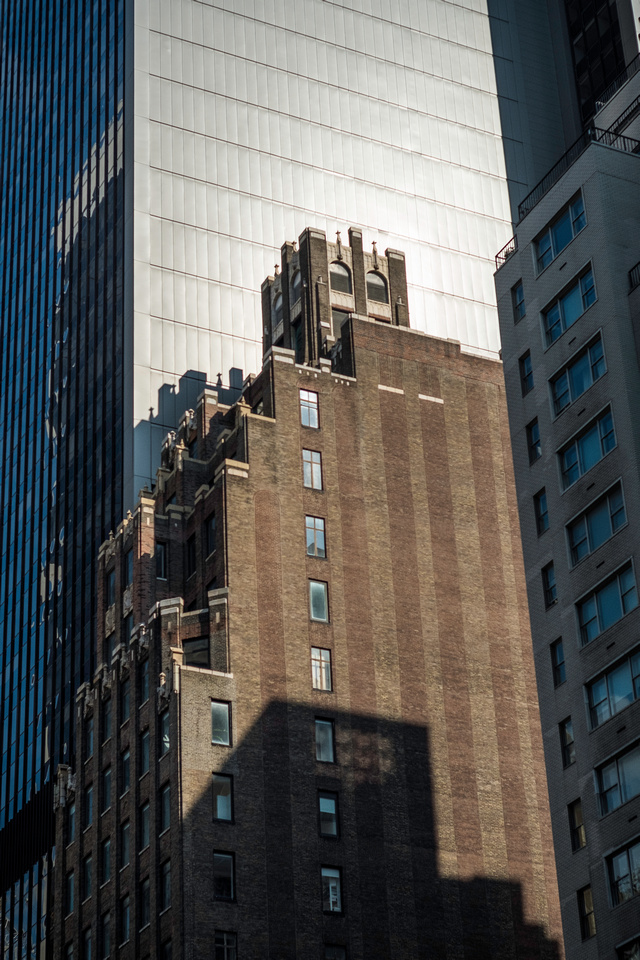

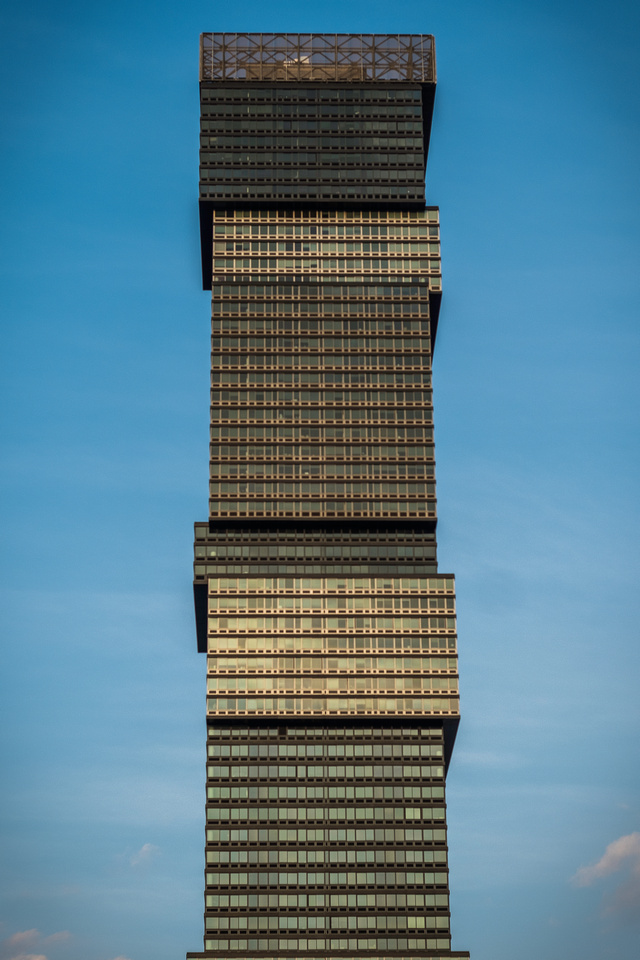

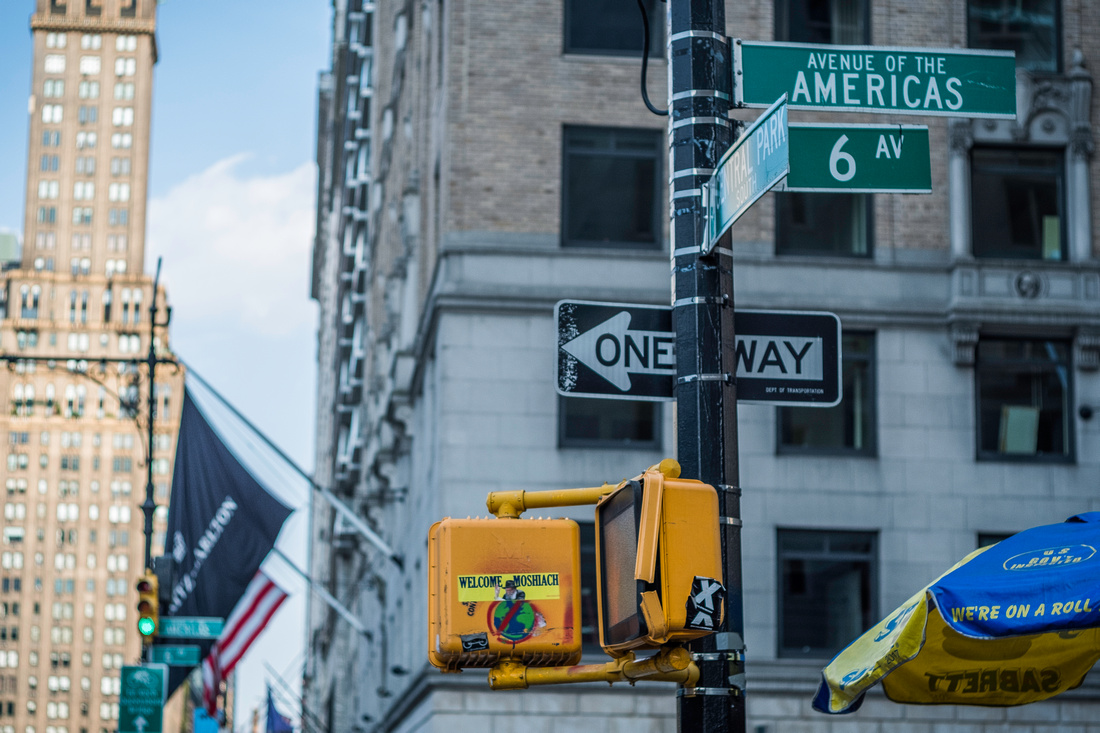

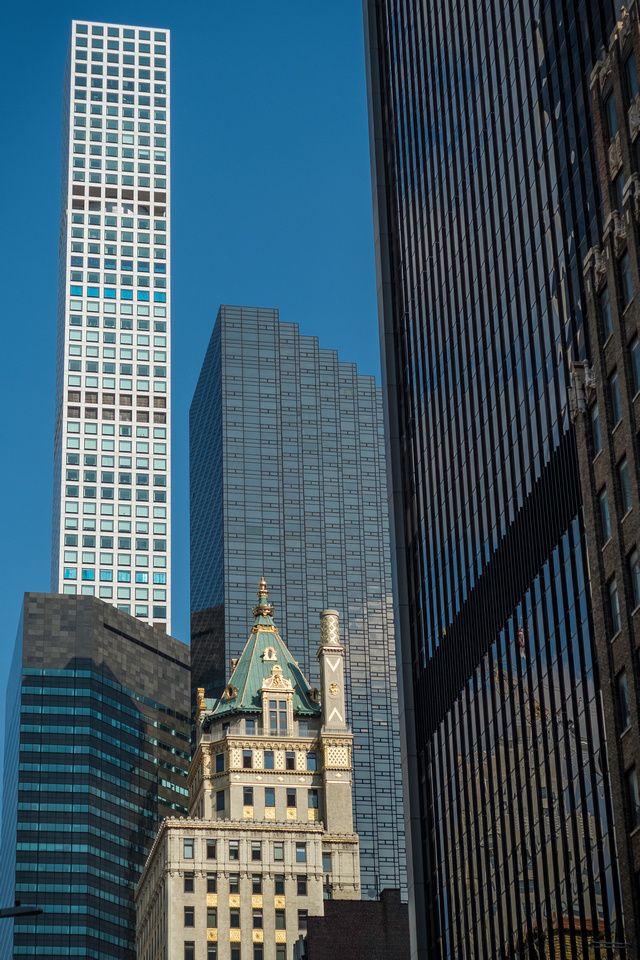

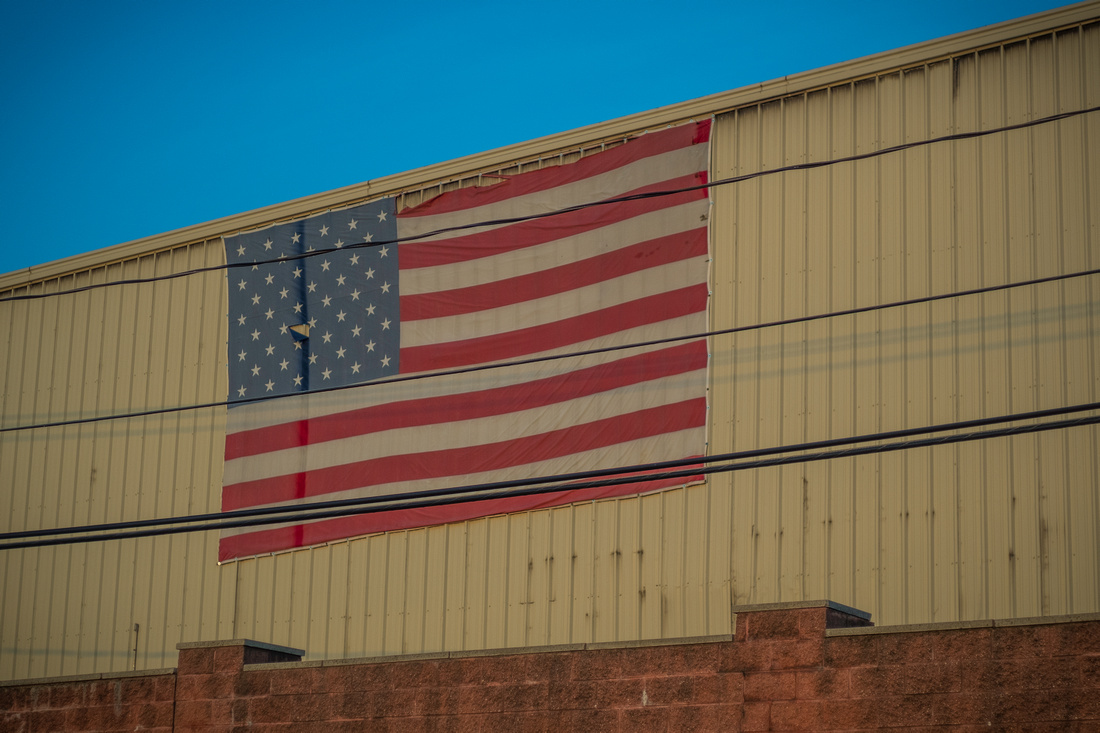

National Geographic Travel Photographer of the Year 2017 Editor’s Favorite: Galleries: Week 4 Cities & People
Casual Photophile Tip & Techniques No. 001 The Subject is the Subject
The Inspired Eye Photography Magazine Issue #40 (full interview)
Hong Kong Free Press: HKFP Lens
Blog #18 Criticizing Photographs or Beyond the “like”
Blog #25 Don’t Be Afraid of the Dark[room].
Blog #47 Composition, Composition, and More Composition
Blog #65 Summer is for Travel (Hanoi)
Blog #67 Risks, Rules, & Restrictions
Blog #68 Photography is a Gift
Blog #72 Living the Creative Life
Blog #90 Restrictions, Revisited
Blog #93 Photographic Technique
Blog #105 Signs, Signs, Everywhere a Sign
Blog #119 Combinations
Blog #119 Combinations
In thinking about making art, and the tools needed to do so, there are just a few albeit critical decisions that need to be made. First, you will need a camera, a lens, perhaps a tripod, or all of the above plus a roll of film.
Clearly, projects can be built top to bottom, or bottom to top in this regard. In other words, the process or means to the end has no rules, no guidelines. The subject may dictate the gear or visa versa.
After a while, when the photographer inevitably explores multiple genres, bodies, lenses, film types, and everything in between, he or she will inevitably stumble upon some camera+lens+[film] combinations that work well for them, or with a given project. In my experience experimenting over the years I have stumbled across a handful of these winning combinations. Here is a short list of my top 10 in no particular order.
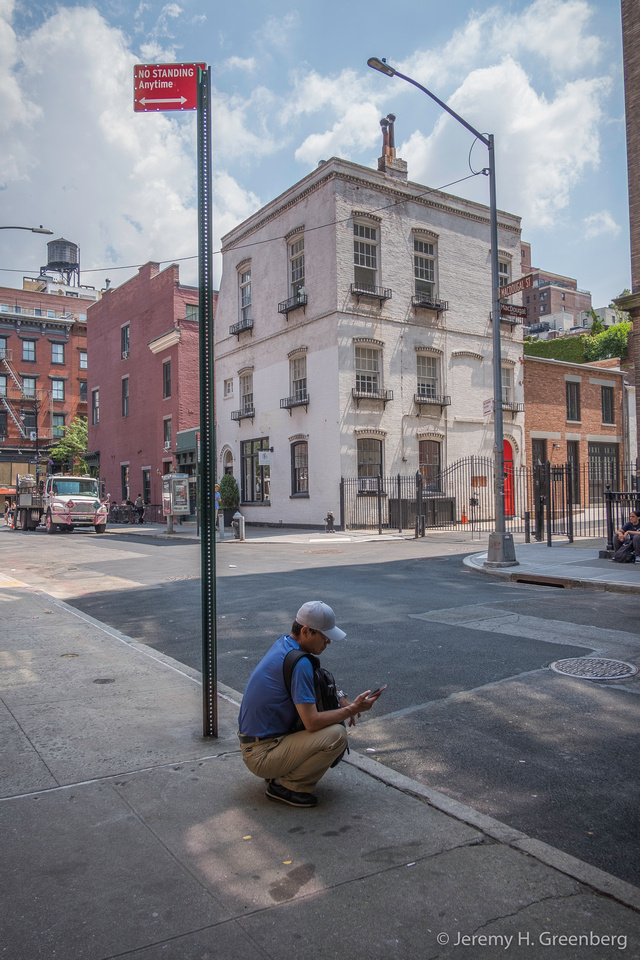

Jeremy’s Top 10 Winning Combinations
- Nikon D5200 + Nikon Nikkor 50mm f/1.8 lens [the cropped sensor makes the nifty fifty behave like an 85mm portrait lens and it makes stunning portraits of people].
- Nikon F100 + Nikon 28mm f/2 AF lens + any 35mm film [this is such a powerful, easy to use combination for shooting streets, urban architecture, landscapes, and even portraits. You will want to shoot this all day. The DOF is outstanding. The F100 is a chunk of a camera but the 28mm is small and light and makes for a great package.].
- The Leica 28mm f/2.8 + Fujfilm Neopan Acros 100 ISO 35mm black and white film [sadly, this film is being phased out but the natural tones and contrast of this film at 100 ISO works so well with the sharpness and additional contrast from the Leica that the images that result will really make you stop and stare. Use a Yellow #8 filter for that extra punch. French company Bergger’s Berspeed developer for black and white is one of the top developers available and usually results in relatively high contrast with very fine grain structures.].
- Any 35mm film SLR from Nikon + 50mm lens + Kodak Portra 400 colour film for making portraits [the colour is just perfect for skin tones with Portra].
- Nikon’s AF L35 + flash + night + Kodak Portra 400 [again, Portra is just stunning for making portraits. When your subject is lit properly with fill flash this film comes alive and truly sings].
- Fujifilm GA645 medium format film camera + Kodak TMAX 100 [absolutely amazing black and white combination with great tones, and fine grain. Use Berspeed developer and scan at 2400 dpi or higher.
- Kodak Ektar 100 film and just about any camera or lens, outside, in a sunny colourful setting [Ektar is bright and punchy but presents very real colours, similar to real life only better, like after a double expresso].
- Fujifilm X-T2 + Fujinon XF 16-55mm f/2.8 WR Zoom lens [this is my go-to work horse professional grade event combination. Use the extra battery grip that adds two more batteries for a total of three. Rain? Dust? Dirt? Snow? Cold? Keep on shooting. How many cameras and lenses can do this? Enough said.].
- Fujifilm X-T1, X-T2, X-E3, any X-mount body + Fujfilm 85mm f/1.4 [this is the bomb set up for portraits, the colour and sharpness that comes off of the Fujfilm sensor with this lens is extremely high quality and terrific in the most demanding situations and with the most discerning clients.].
- Fujifim X-E3 + Fujifilm XF 18-55 f/2.8-4.0 compact zoom lens [for travel this is the best combination I have ever used. It’s small, light and the 28-85mm full frame equivalent does everything from street photography, landscapes, portraits, and even stars. I frequently take only this camera lens and neither has let me down. Just about all of the Fujifilm primes can be substituted from this zoom and still work great such as the 18mm, 23mm, 35mm, all of which I use regularly. They are all great in all honesty and their size and weight as well as image quality leave nothing to complain about.].
So there it is, 10 winning combinations that I have discovered by way of trial and many errors. I find myself coming back to these combos time and time again since they so well for me. What are your winning combo? Whatever it it, use it, exploit its strengths and find that match or pairing with your project and make it work.
The light is always right.
jhg
*Images: © Jeremy H. Greenberg
Where: New York City
Subject: Architectural Photography
Gear: Fujifilm X-E3 + Fujifilm 18mm f/2.0 (an excellent combination)
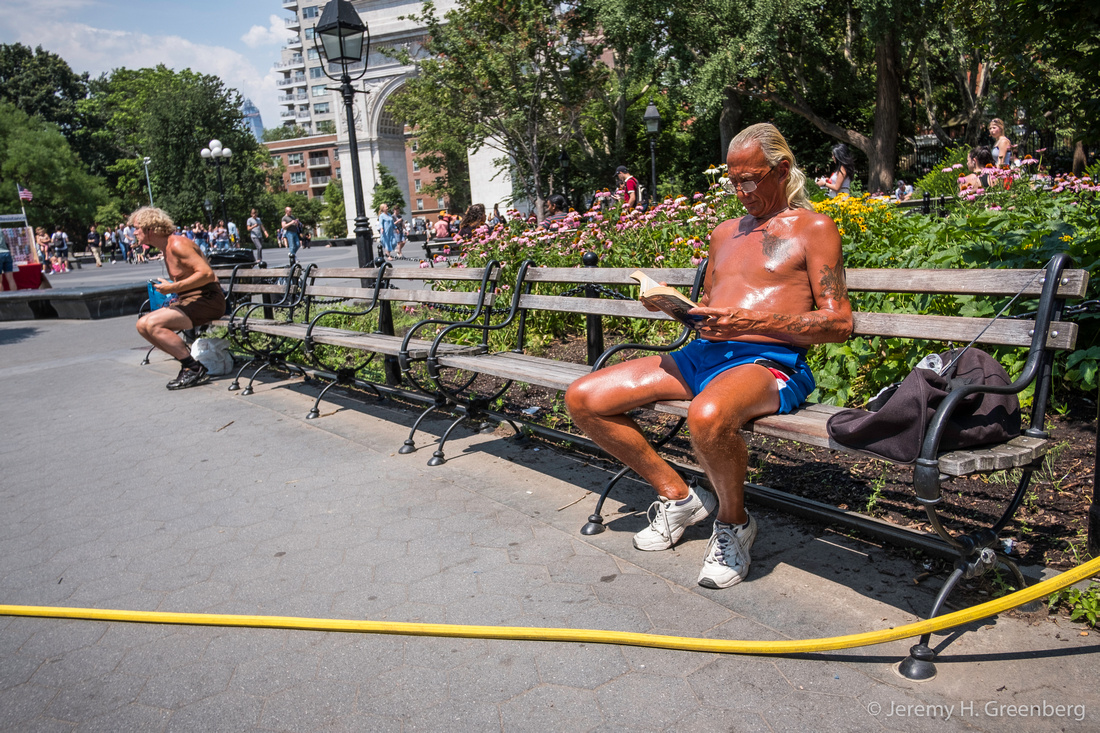

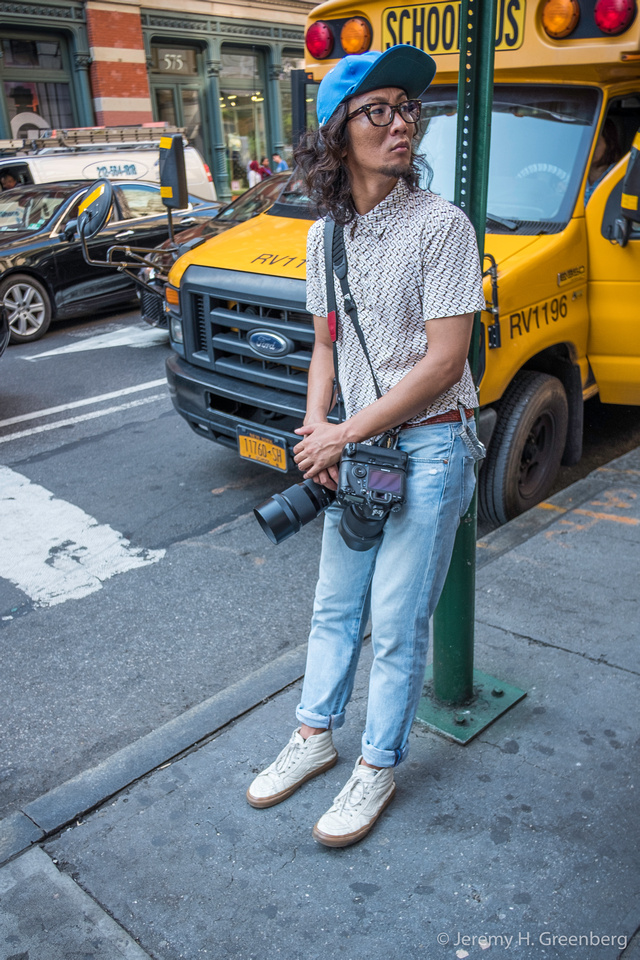

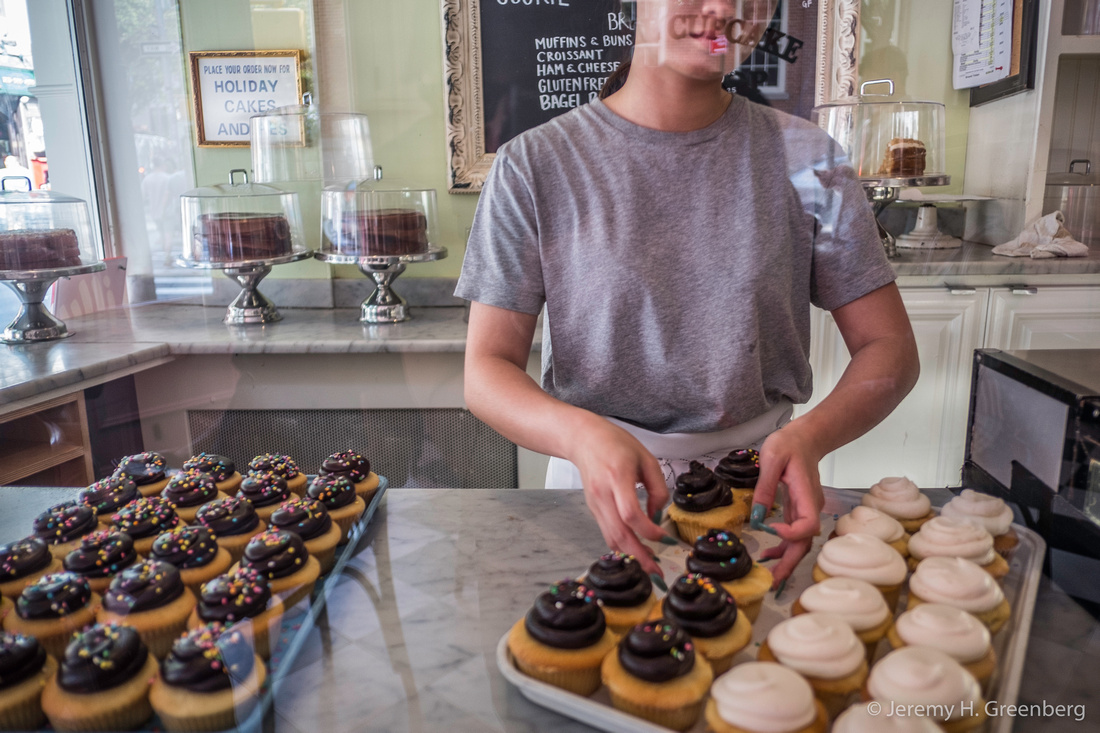

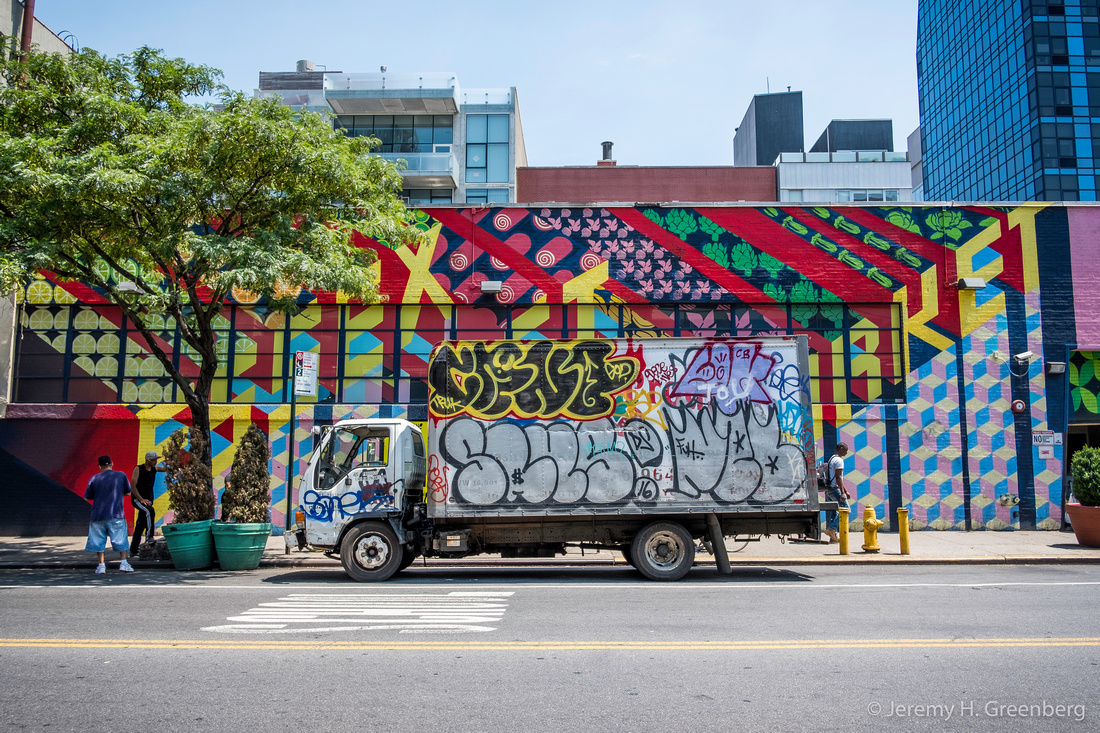

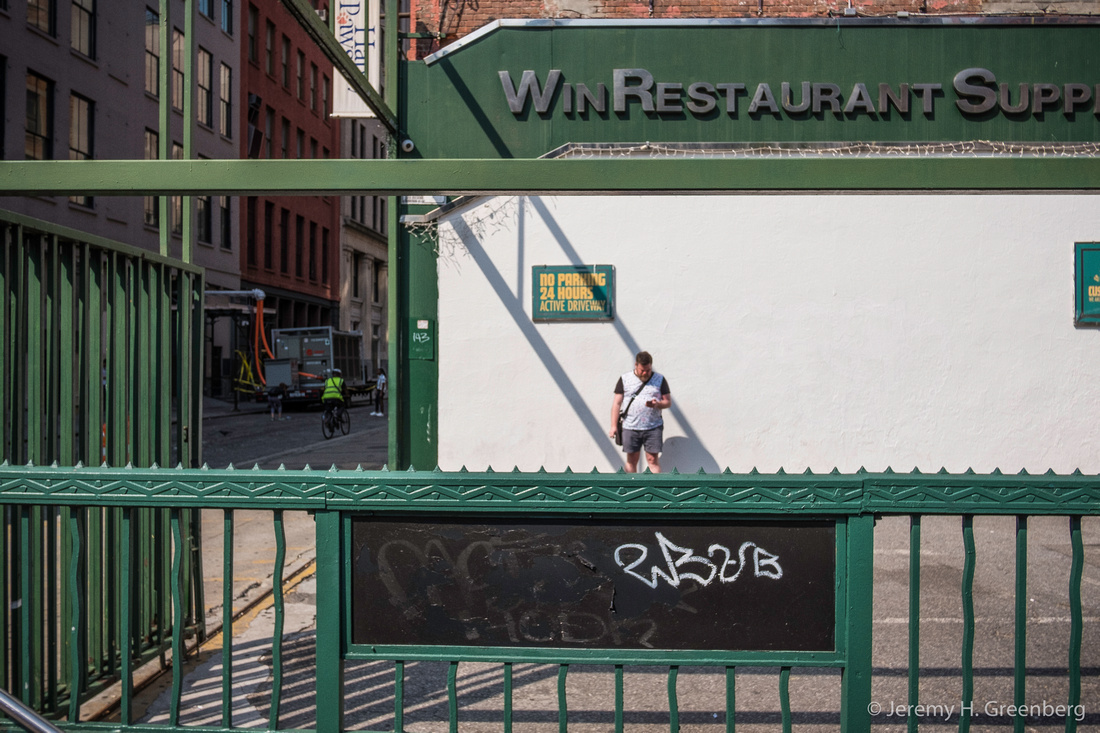

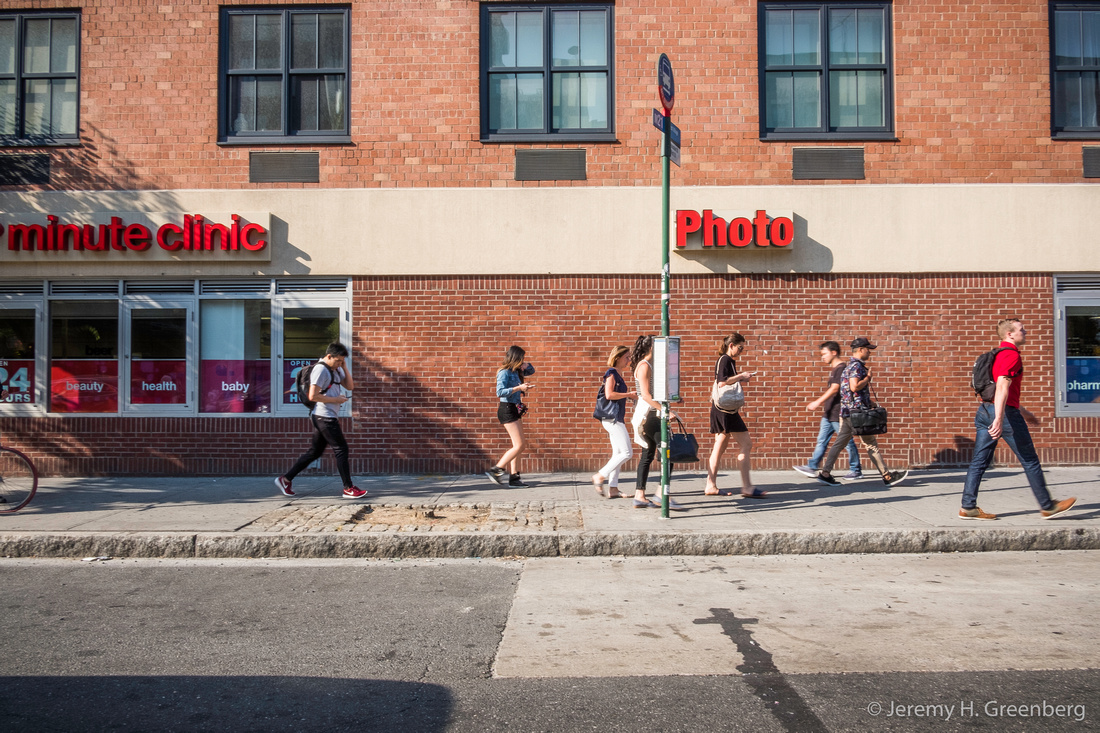

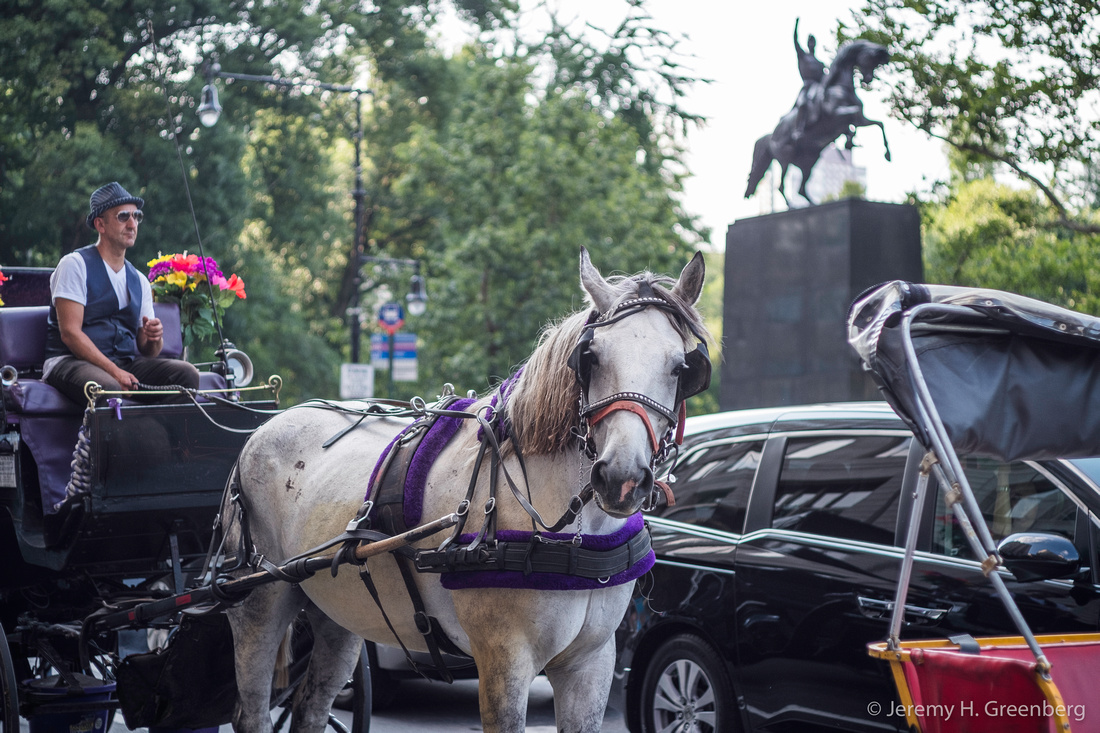

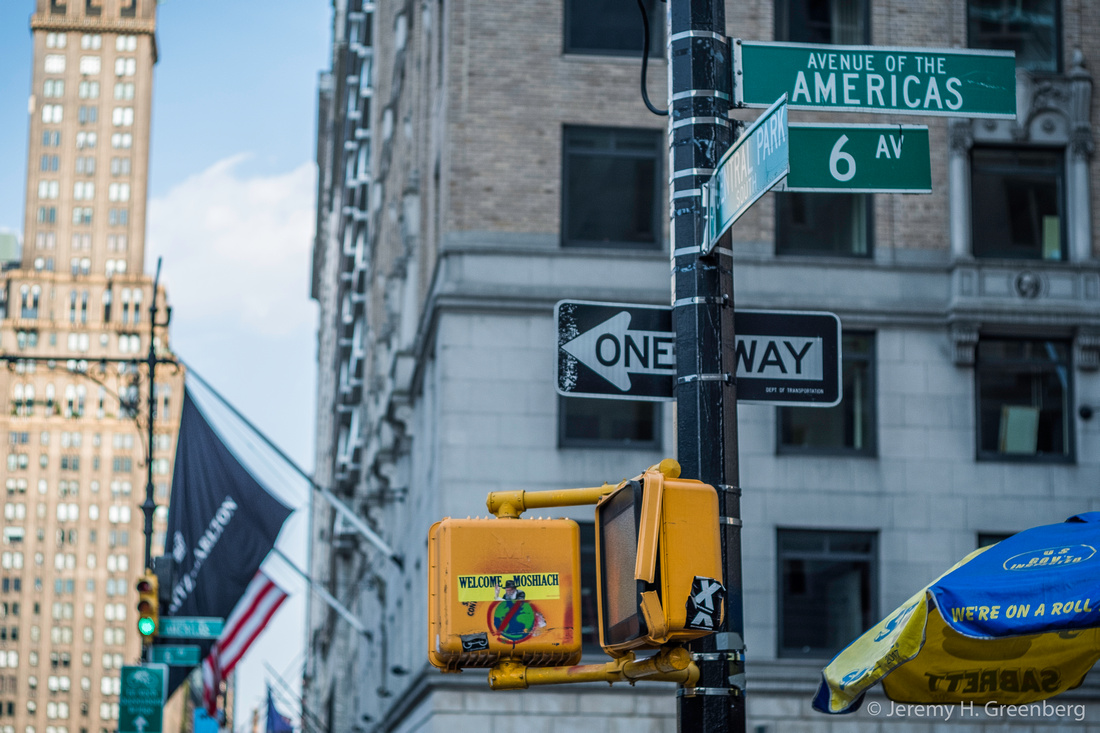



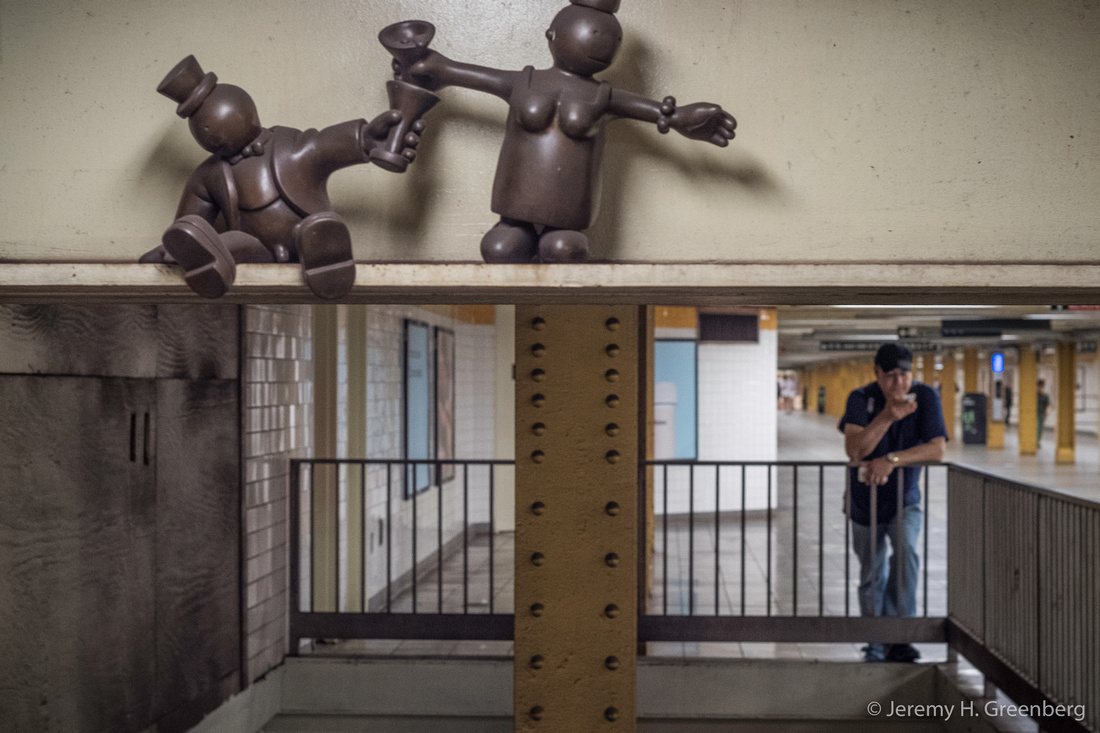



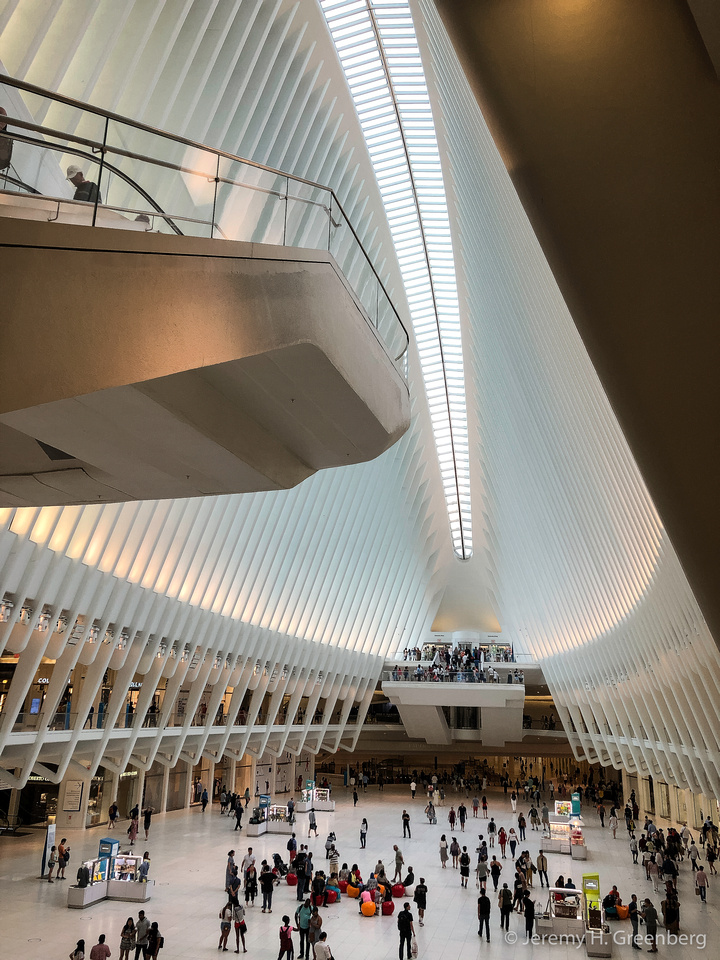

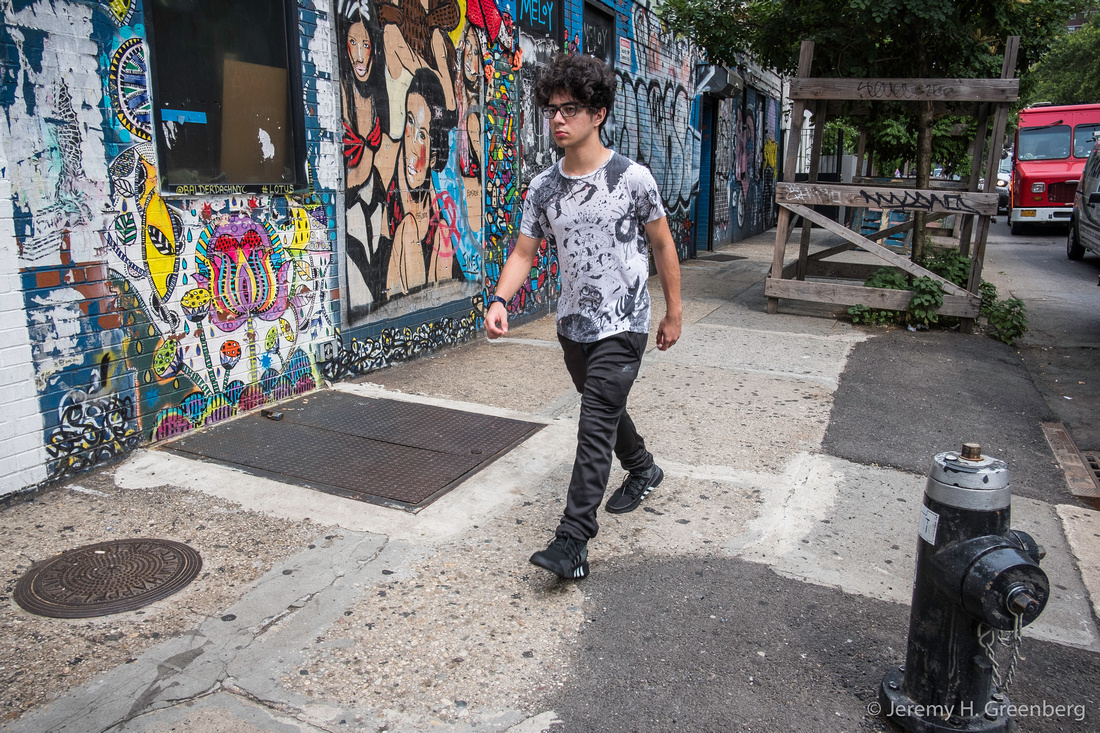

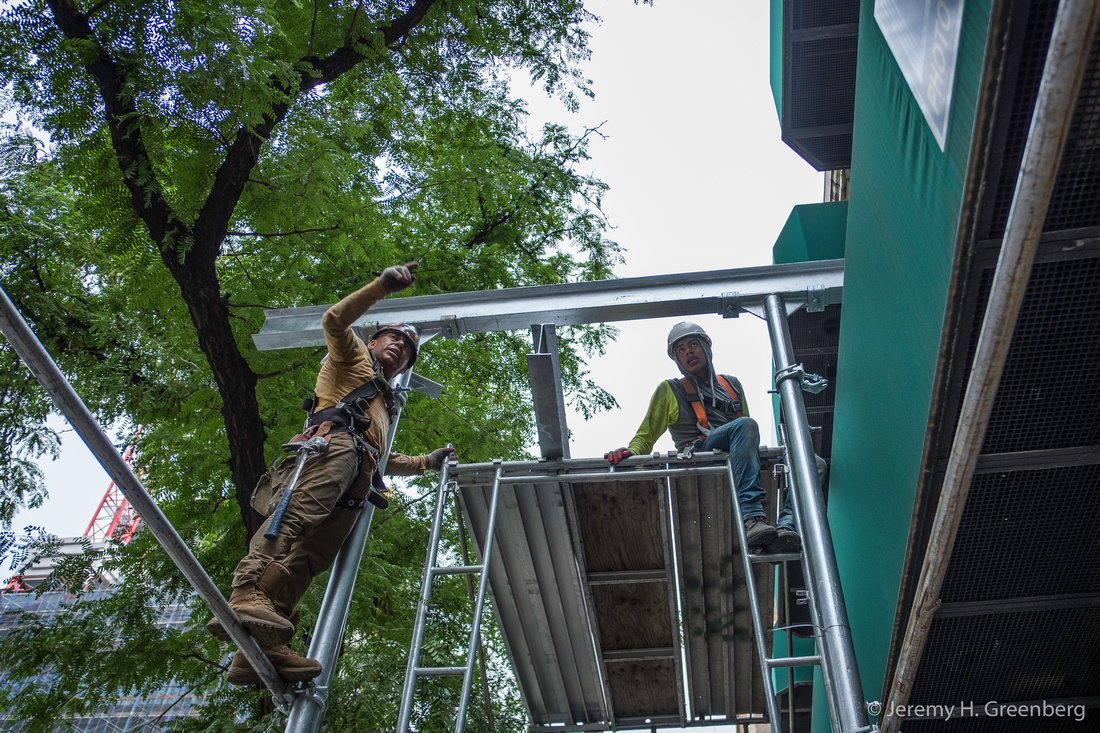

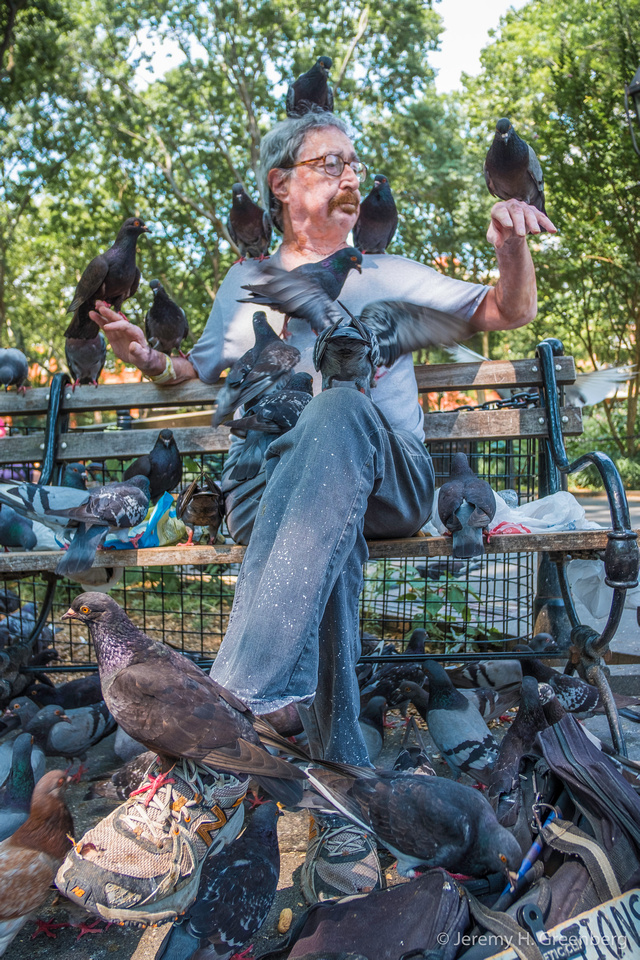

National Geographic Travel Photographer of the Year 2017 Editor’s Favorite: Galleries: Week 4 Cities & People
Casual Photophile Tip & Techniques No. 001 The Subject is the Subject
The Inspired Eye Photography Magazine Issue #40 (full interview)
Hong Kong Free Press: HKFP Lens
Blog #18 Criticizing Photographs or Beyond the “like”
Blog #25 Don’t Be Afraid of the Dark[room].
Blog #47 Composition, Composition, and More Composition
Blog #65 Summer is for Travel (Hanoi)
Blog #67 Risks, Rules, & Restrictions
Blog #68 Photography is a Gift
Blog #72 Living the Creative Life
Blog #90 Restrictions, Revisited
Blog #93 Photographic Technique
Blog #105 Signs, Signs, Everywhere a Sign